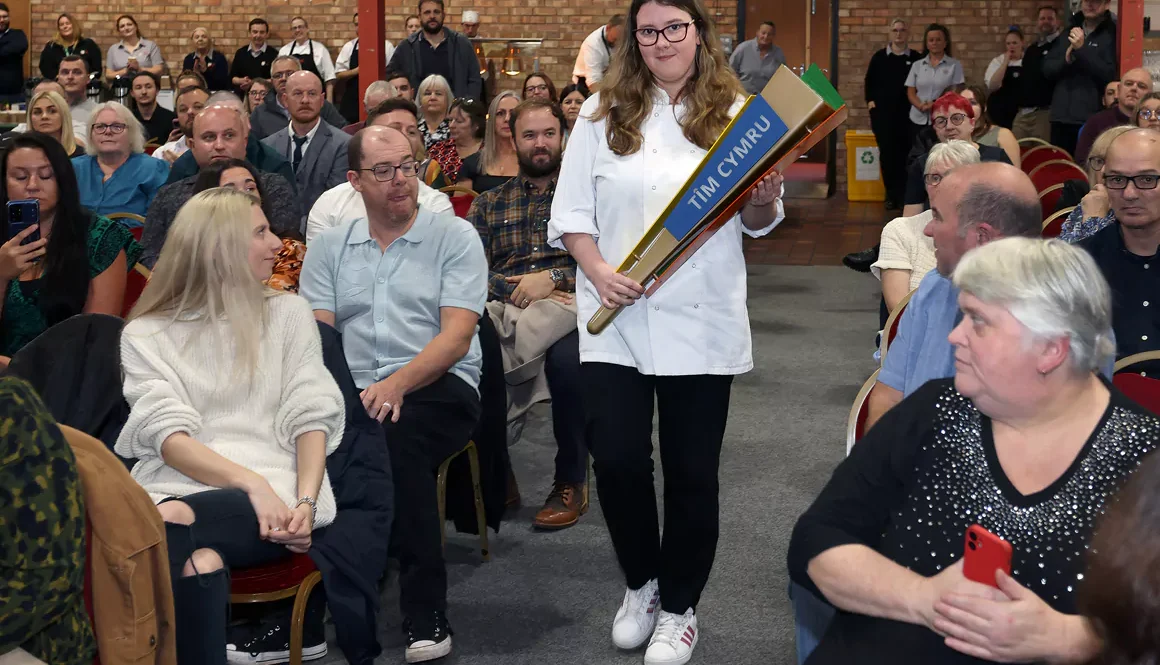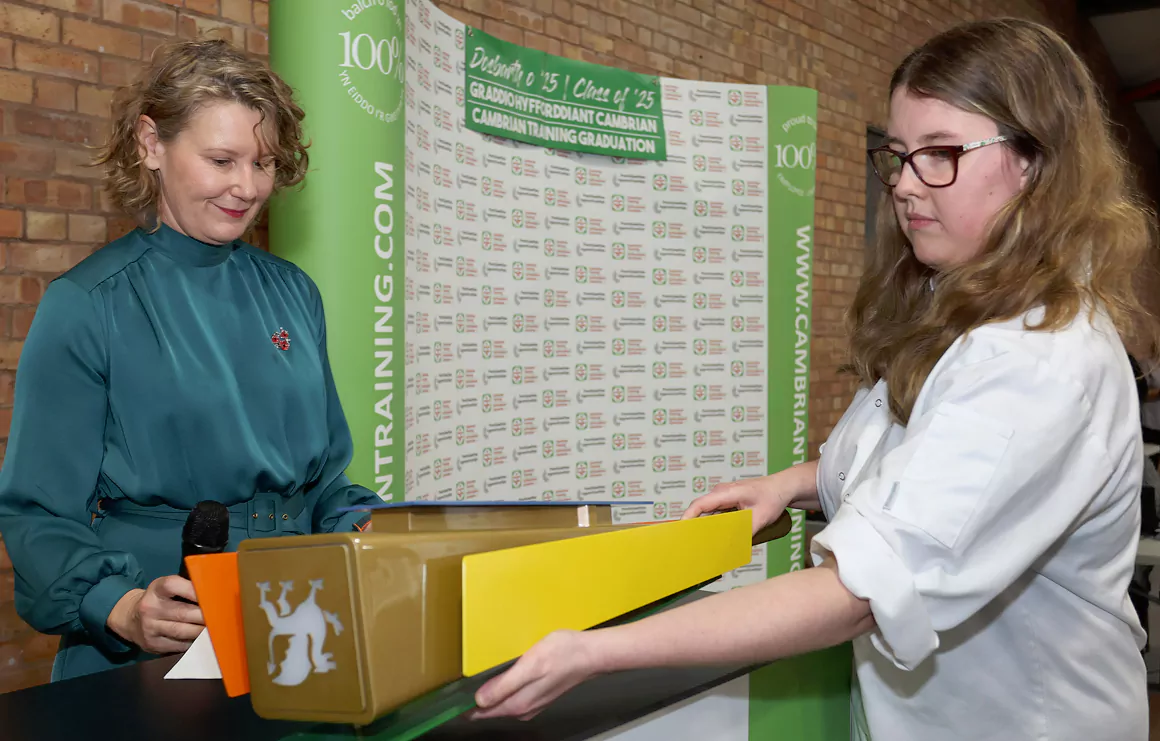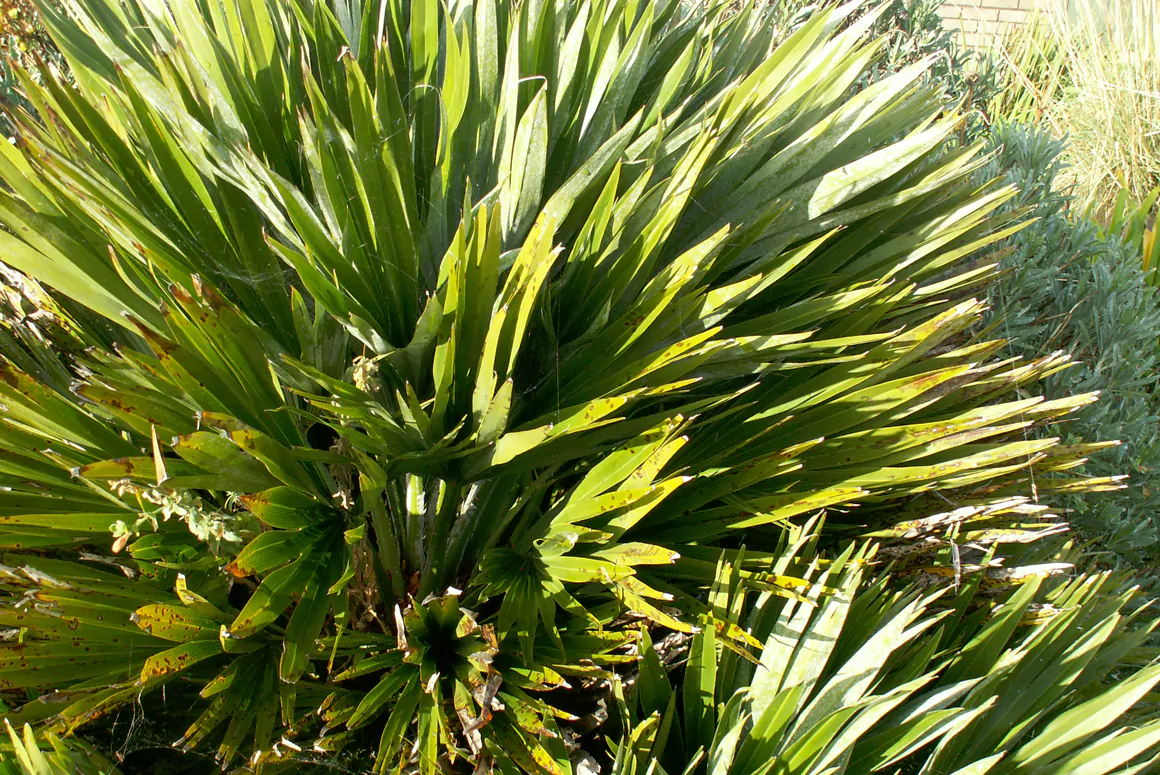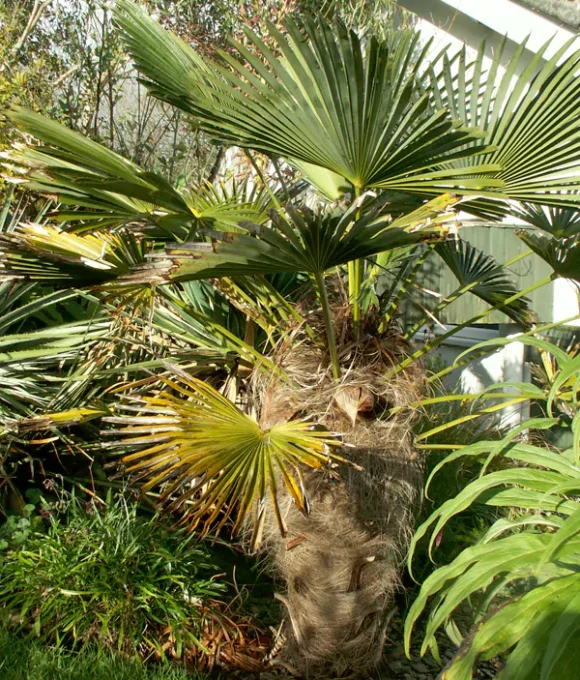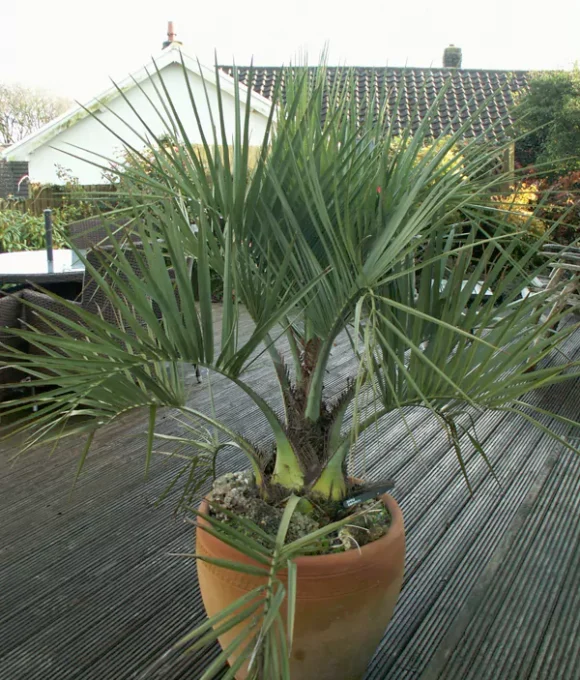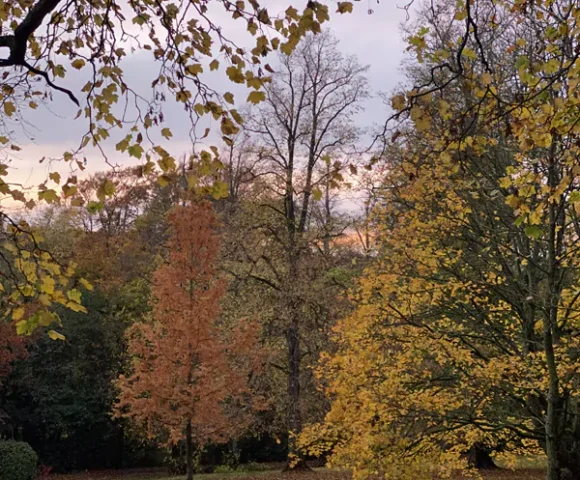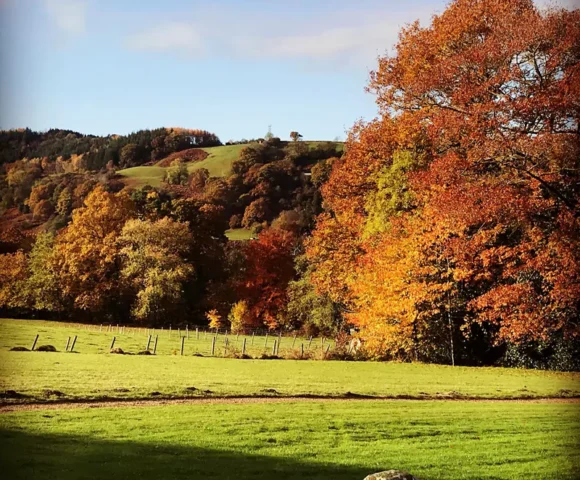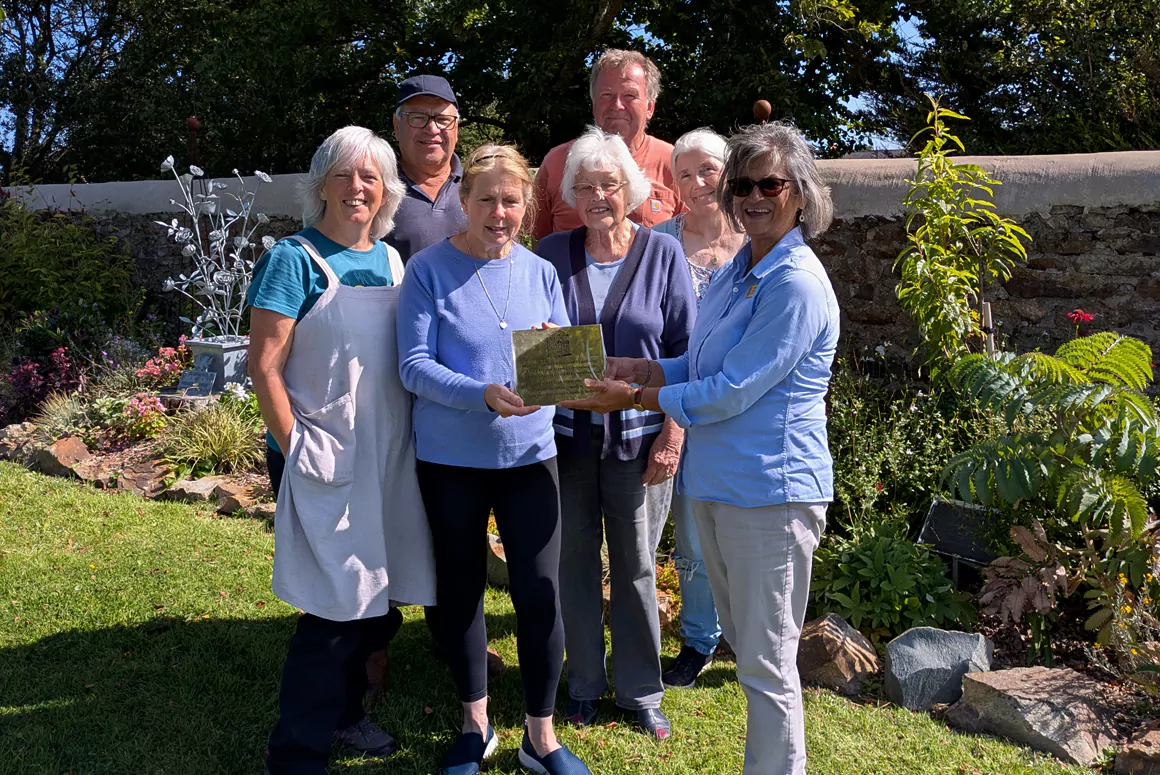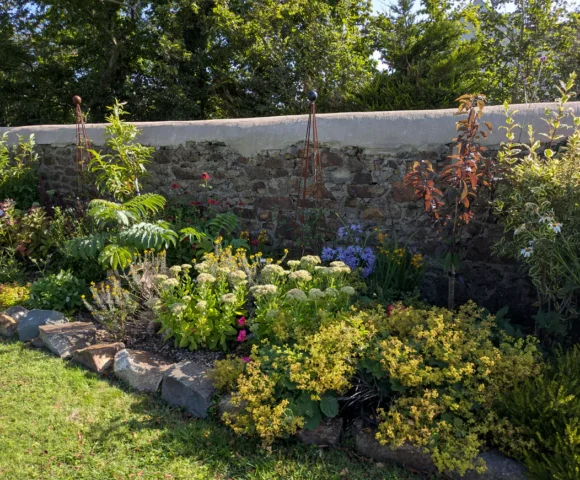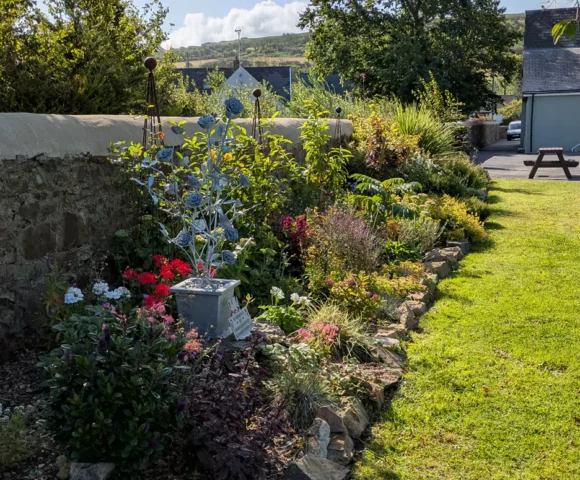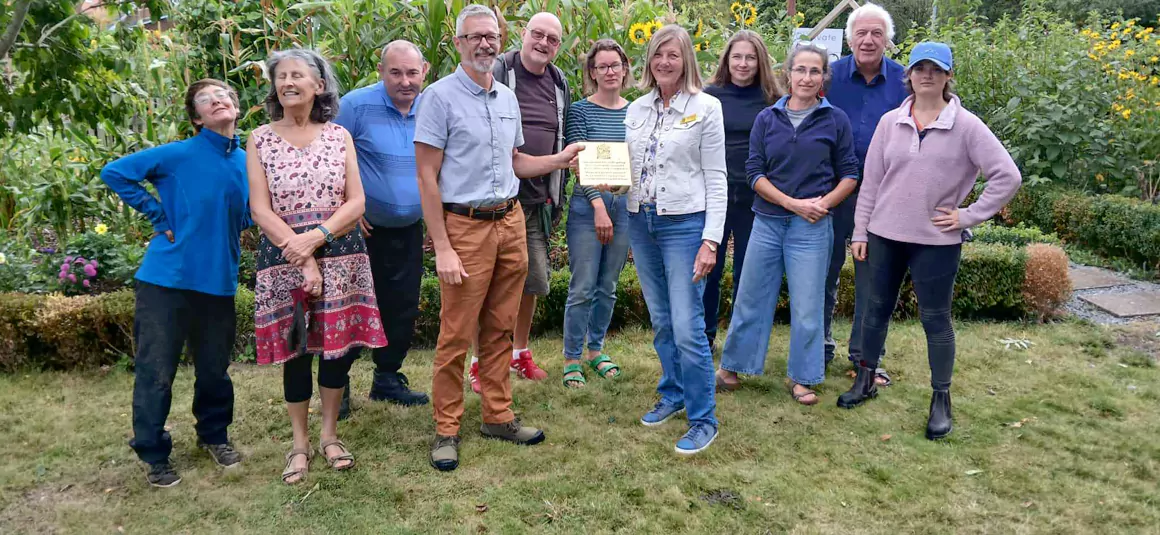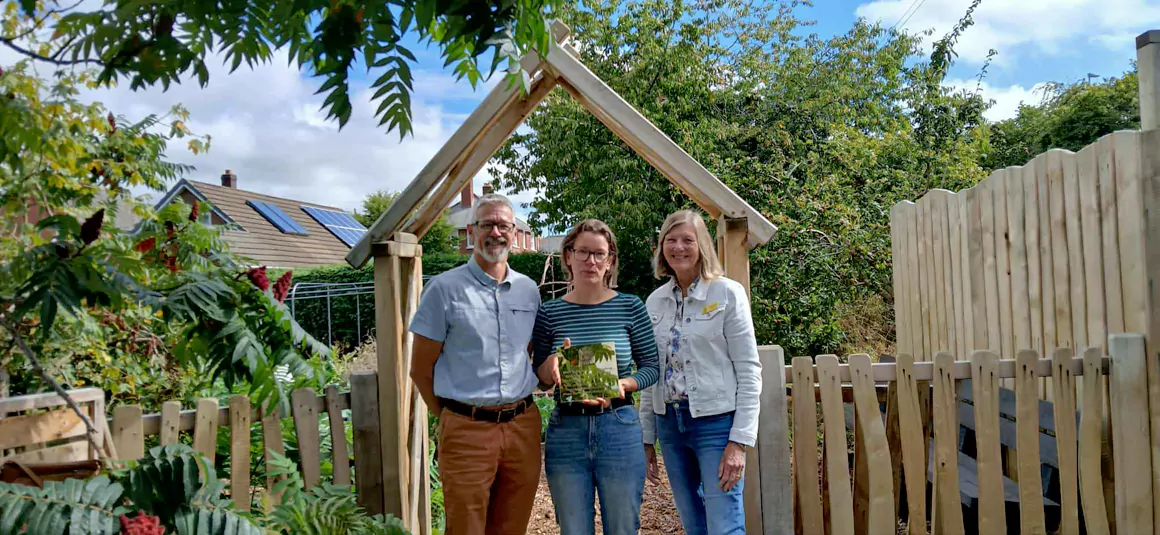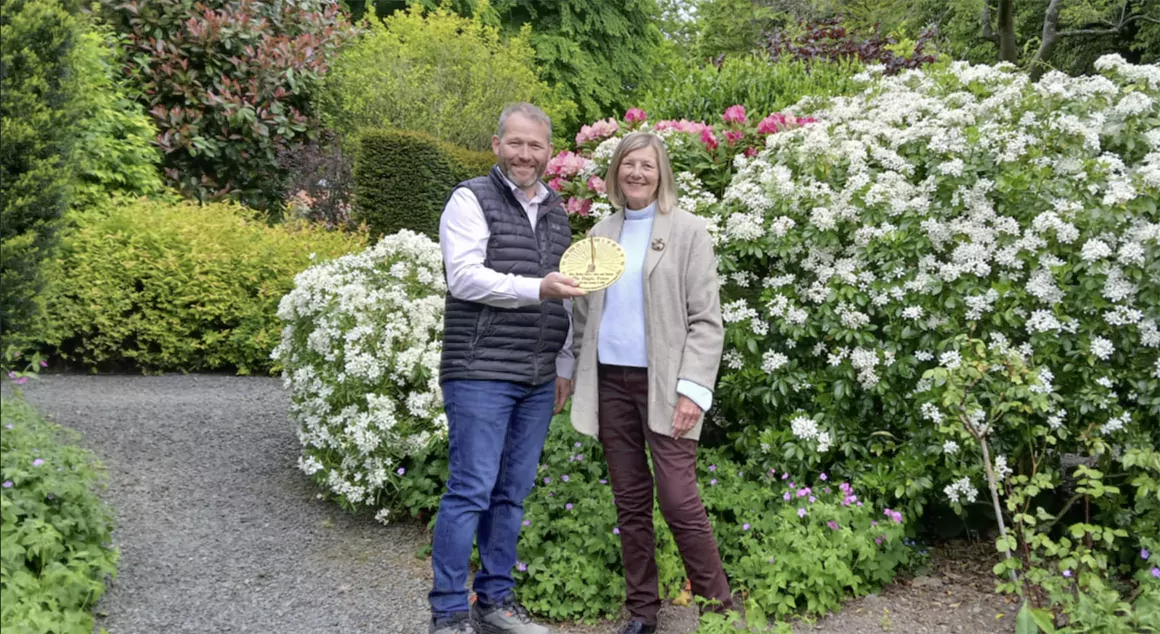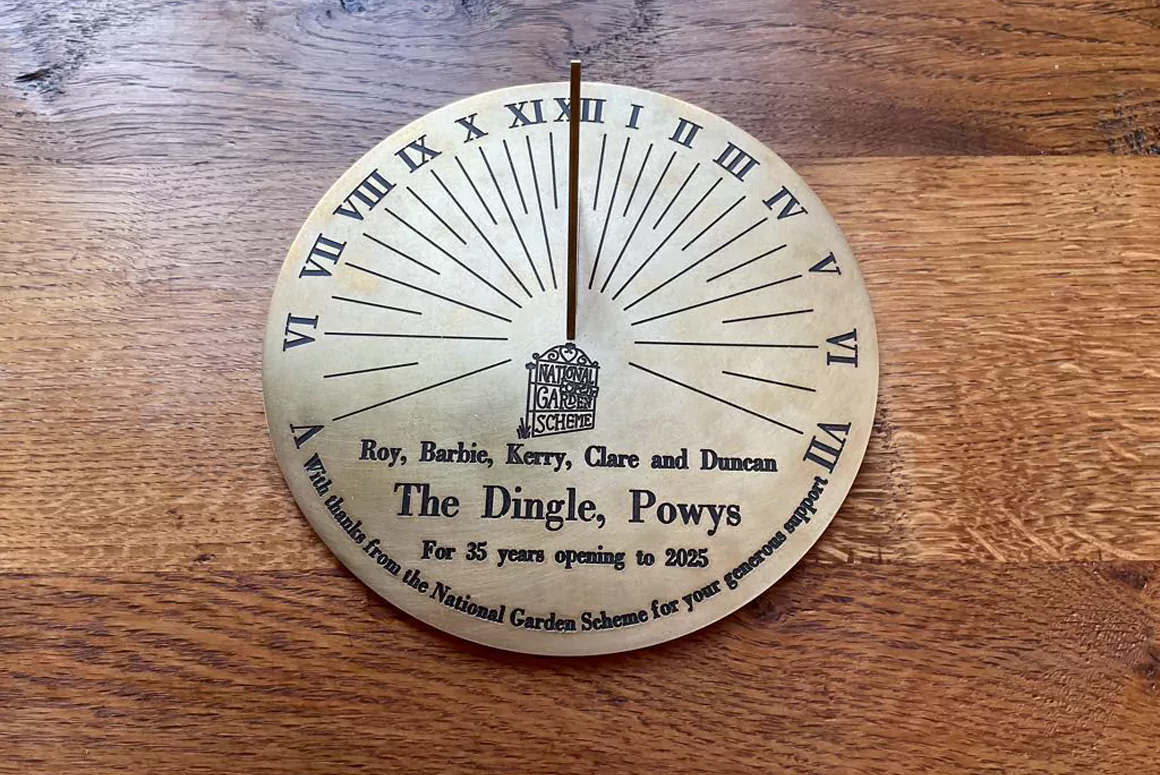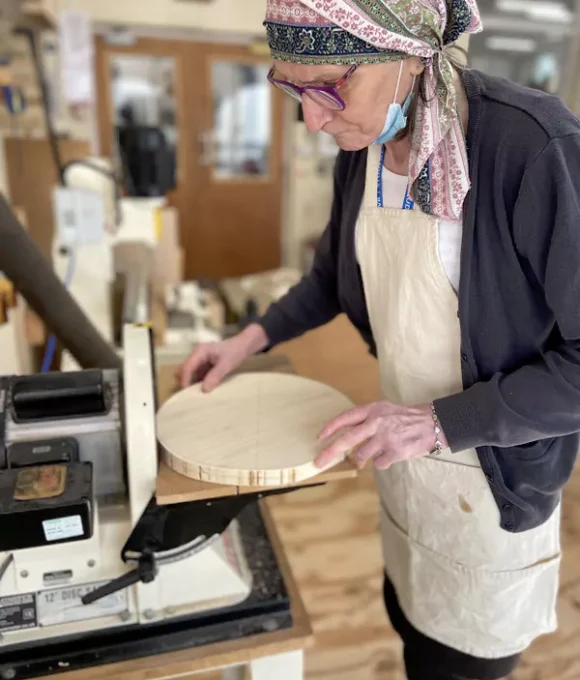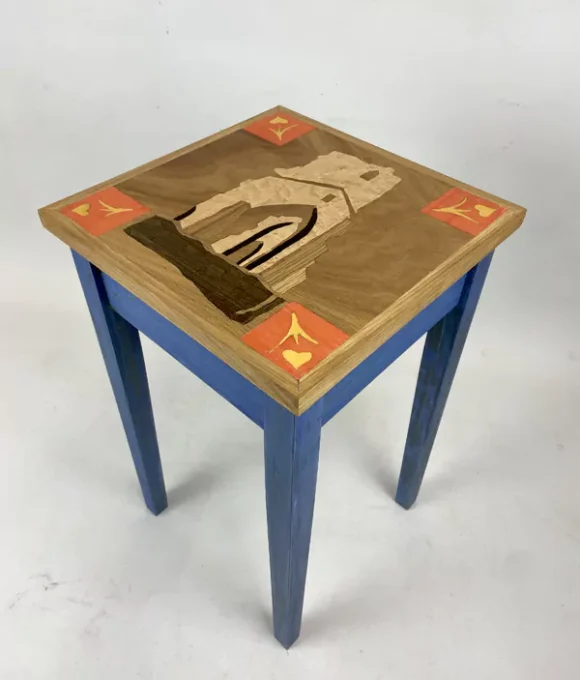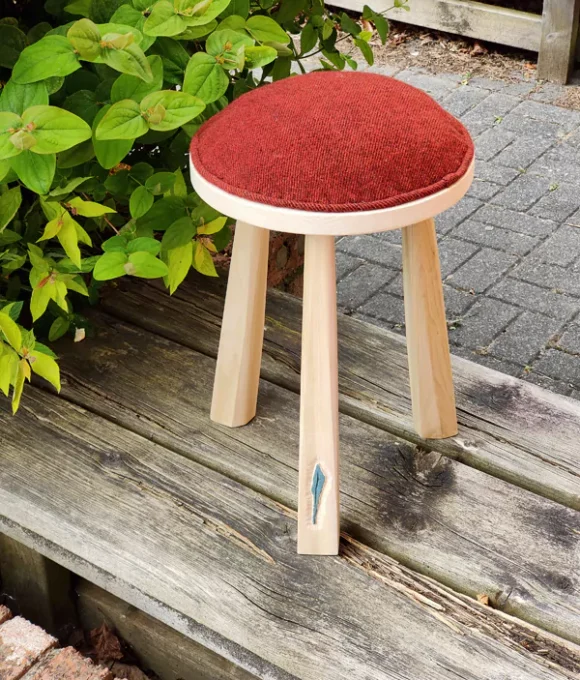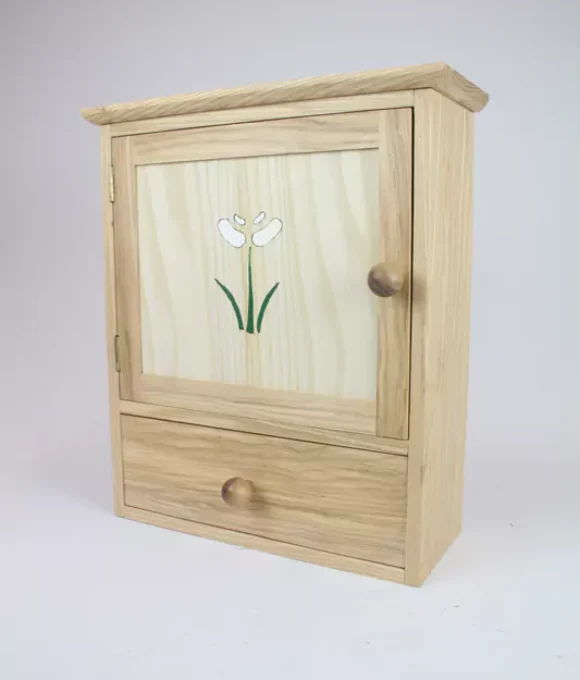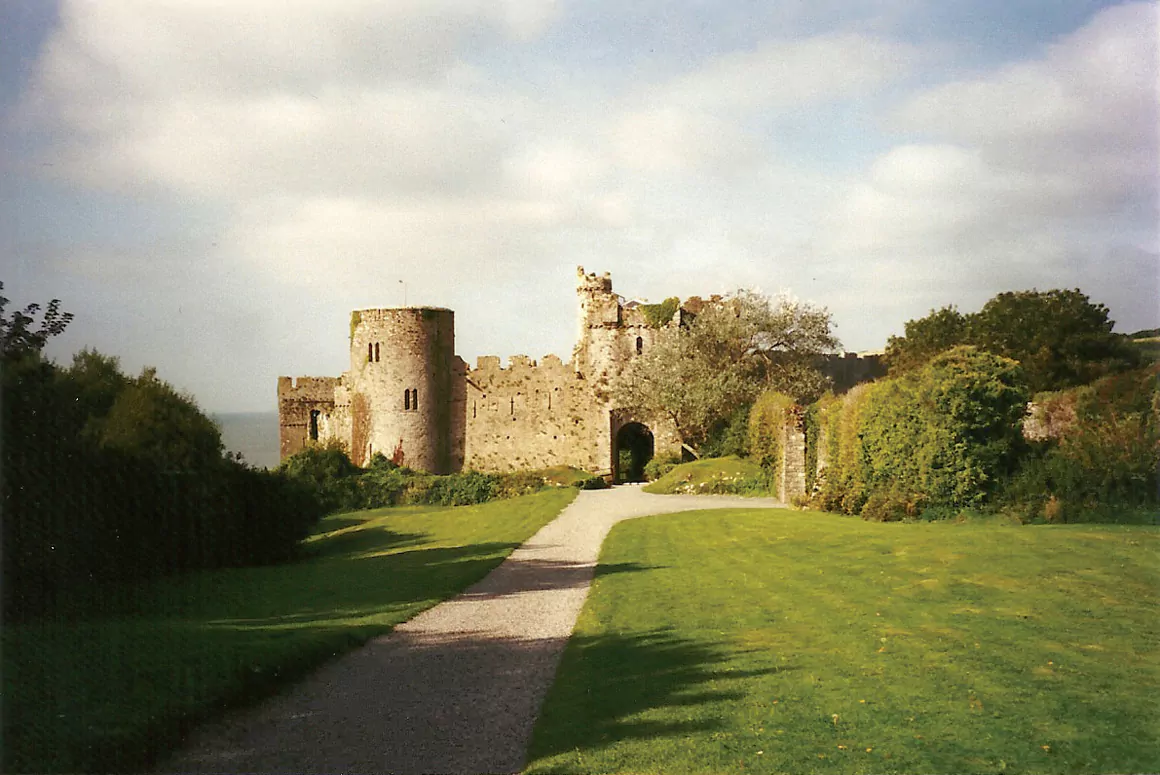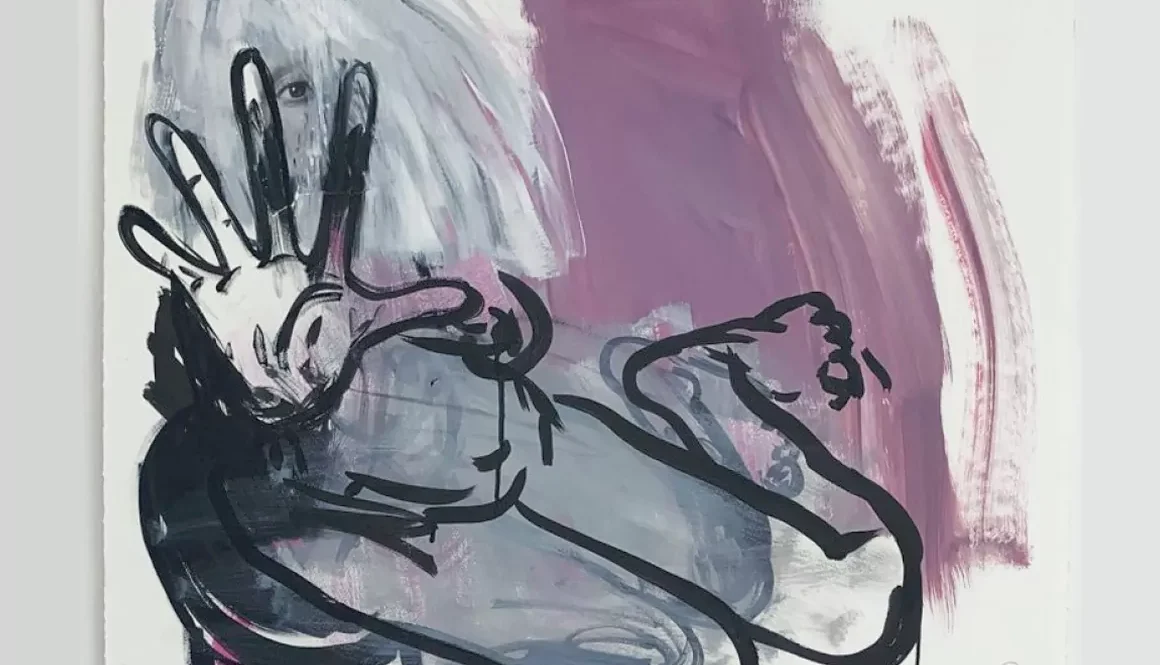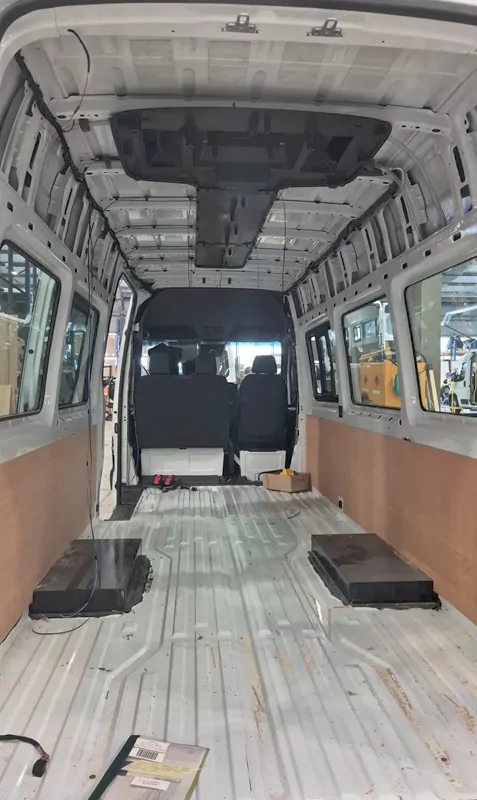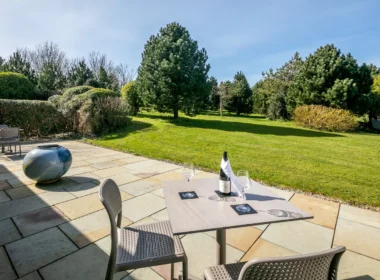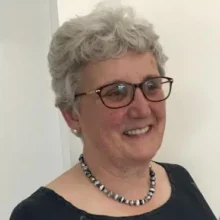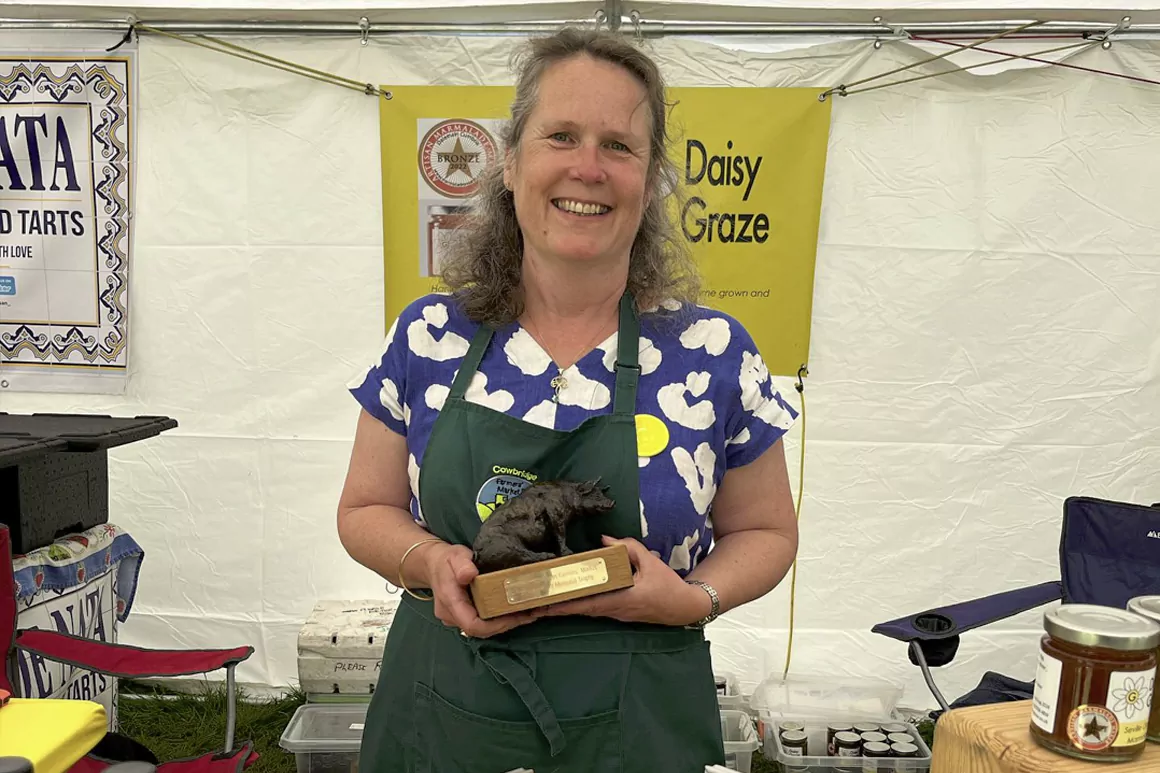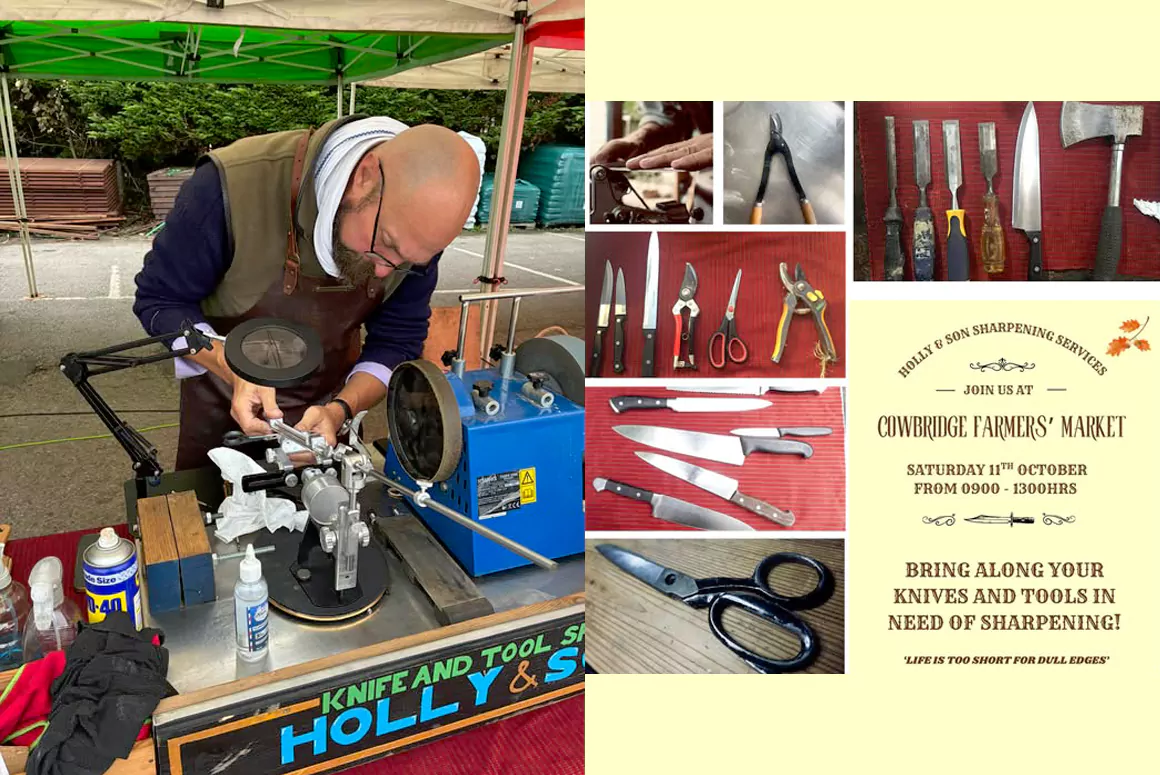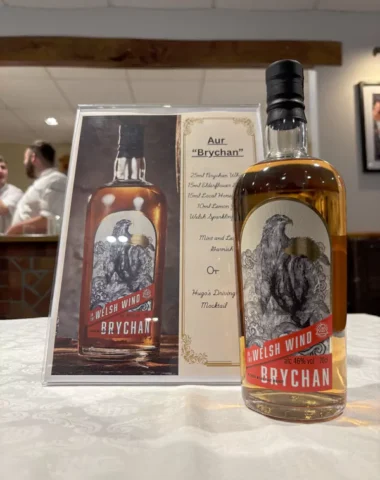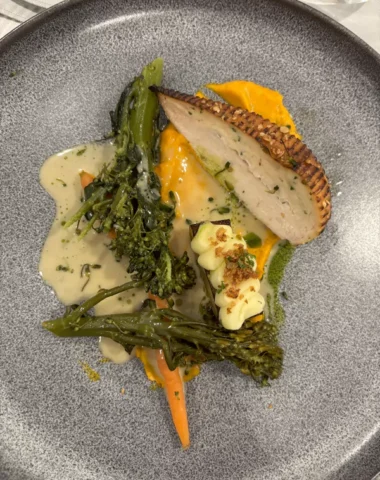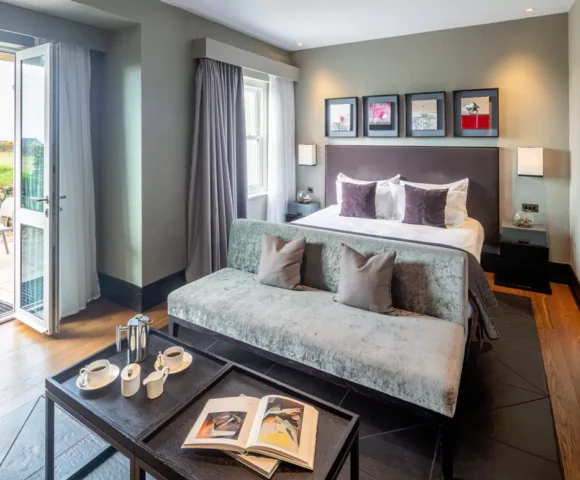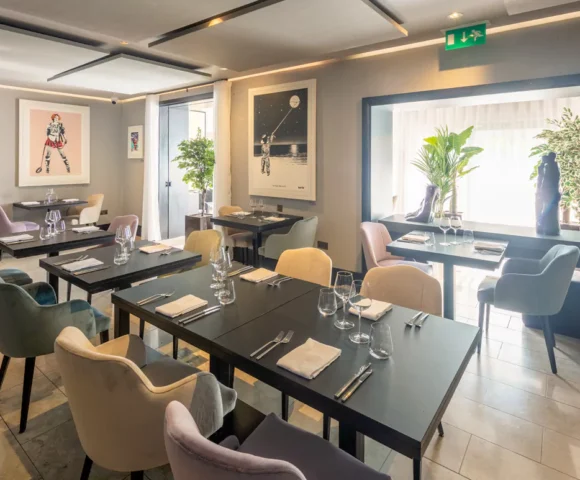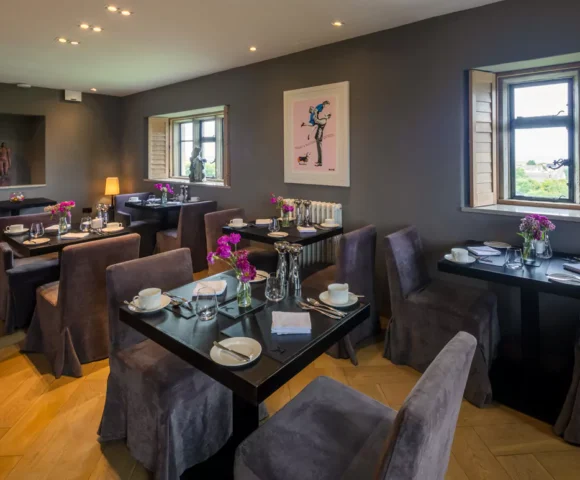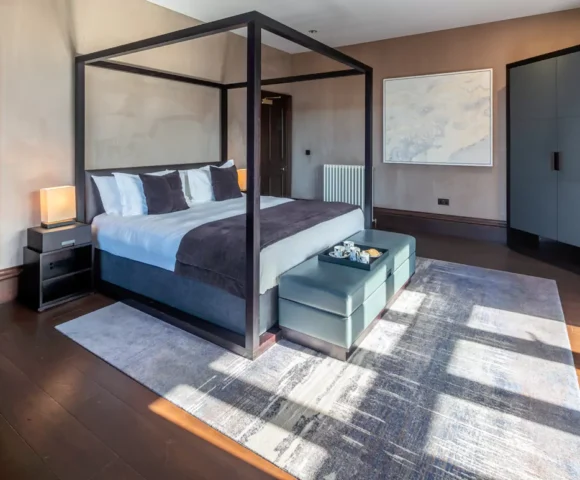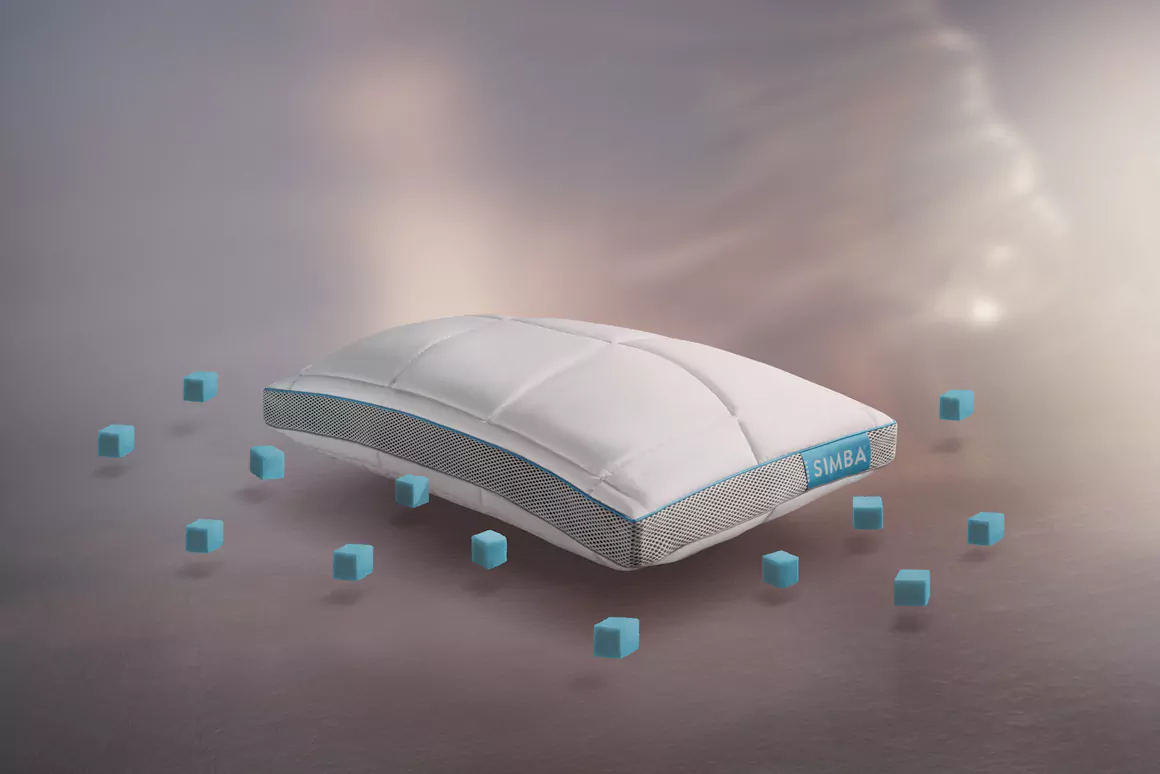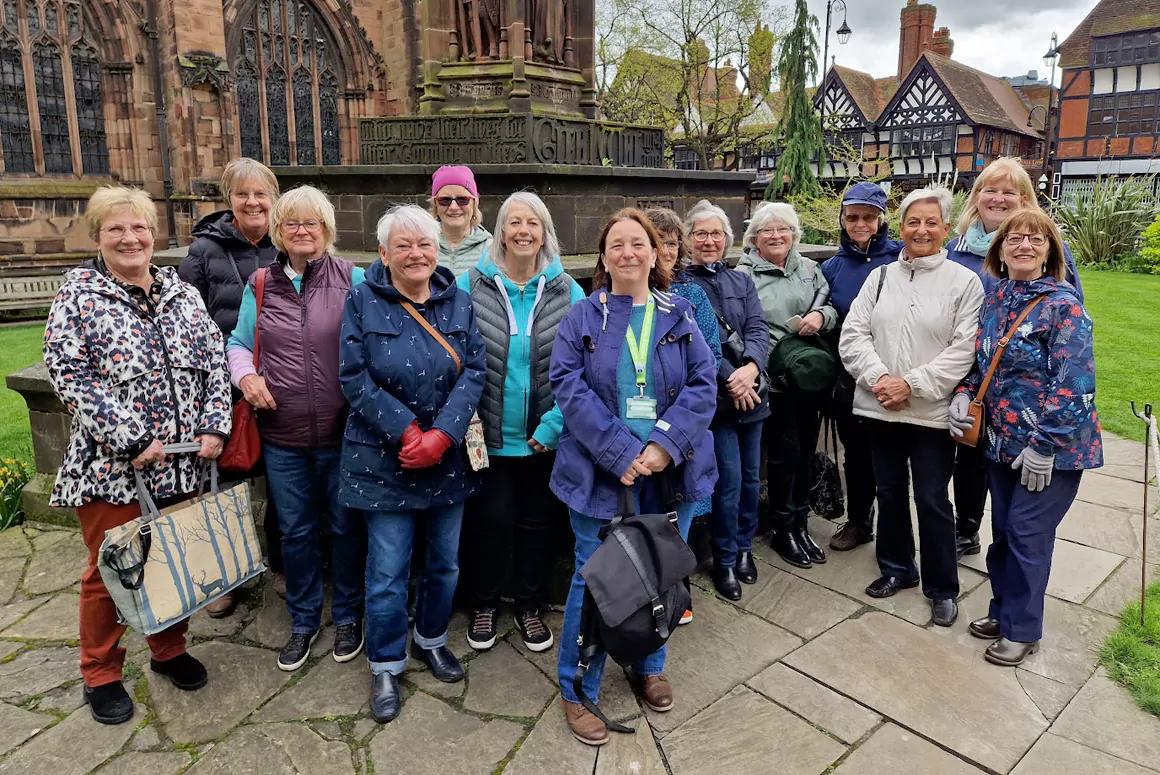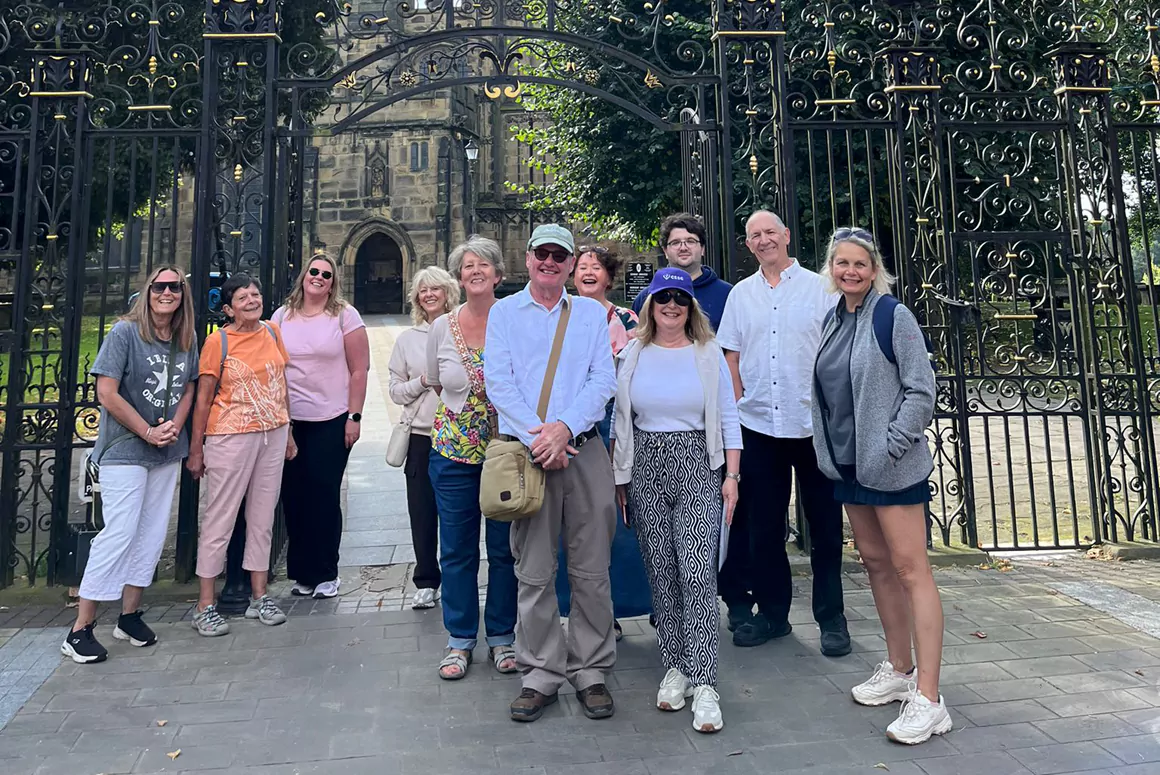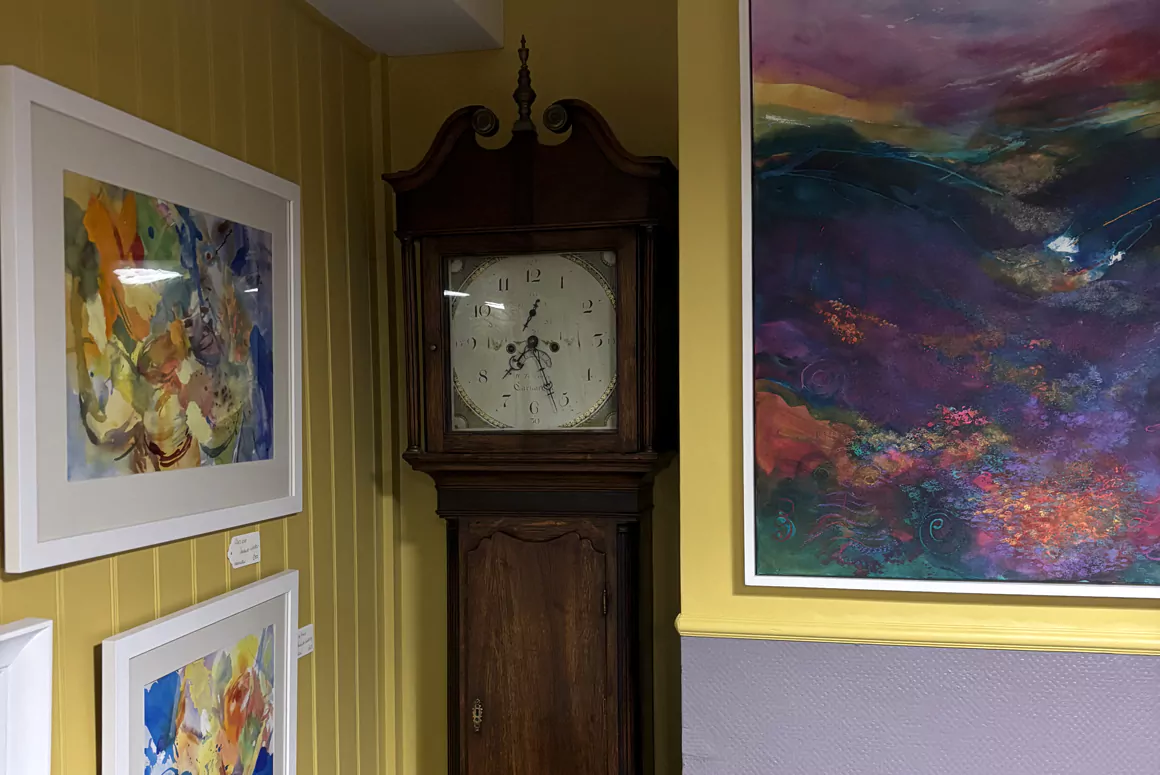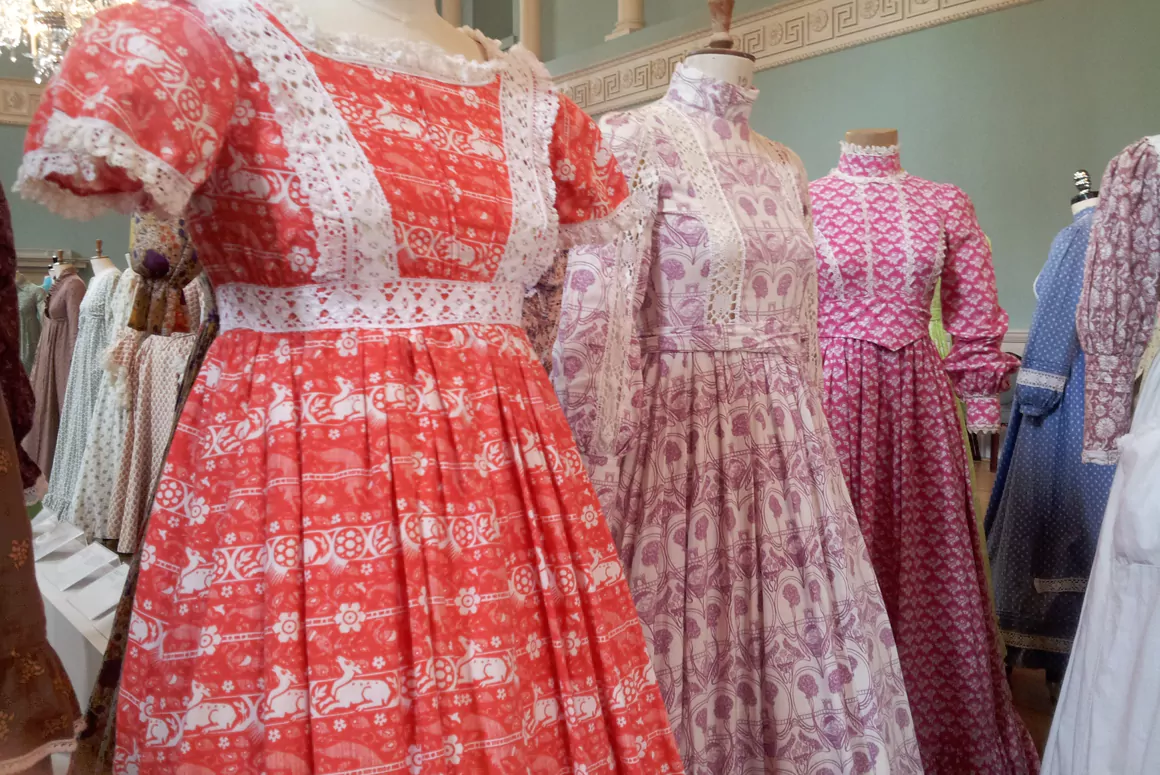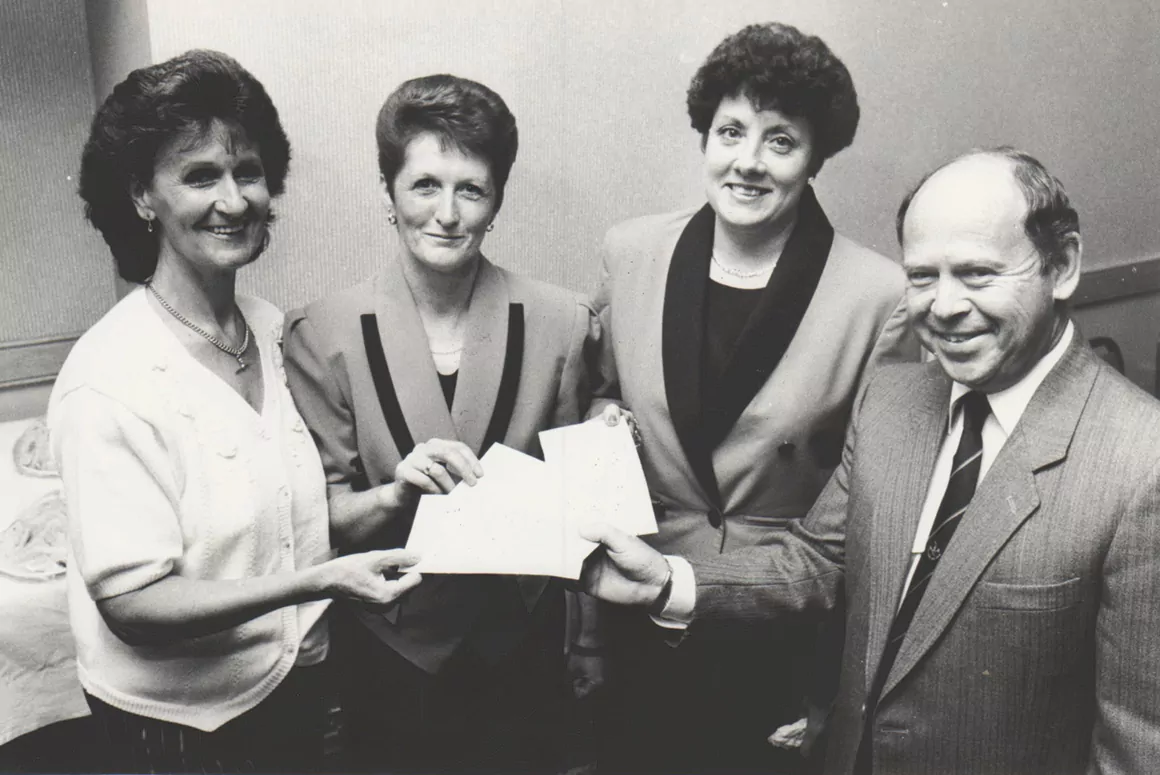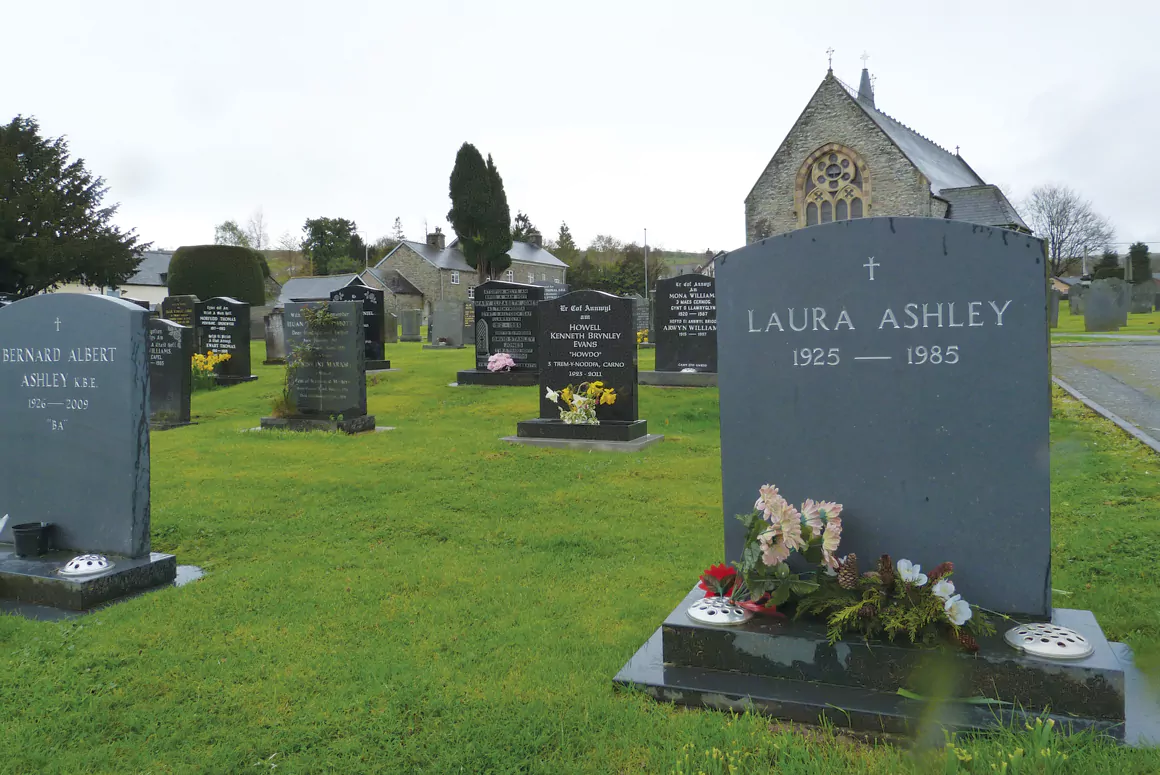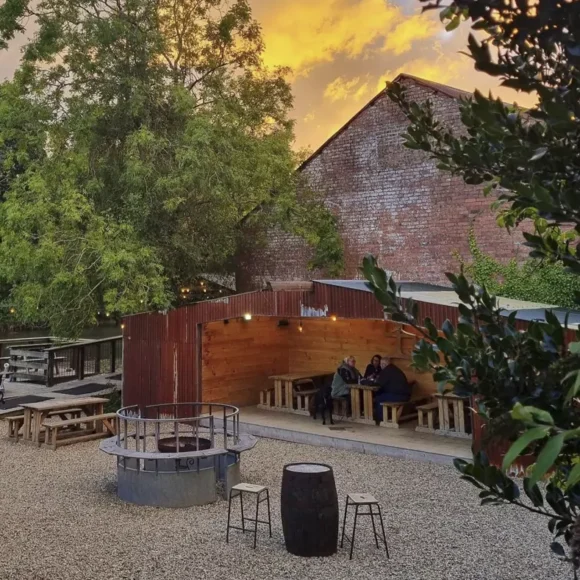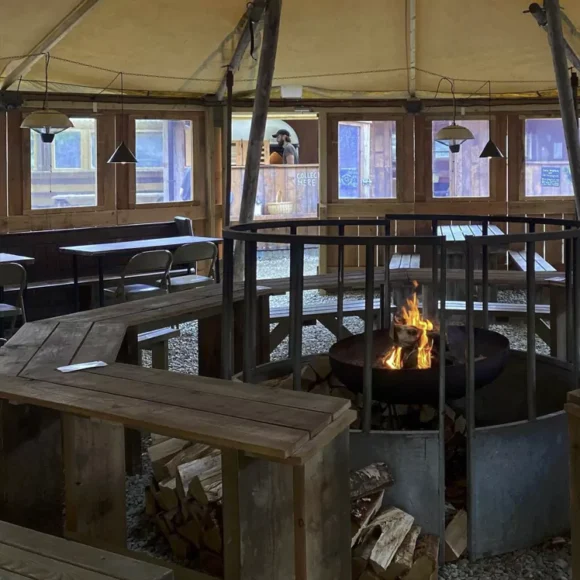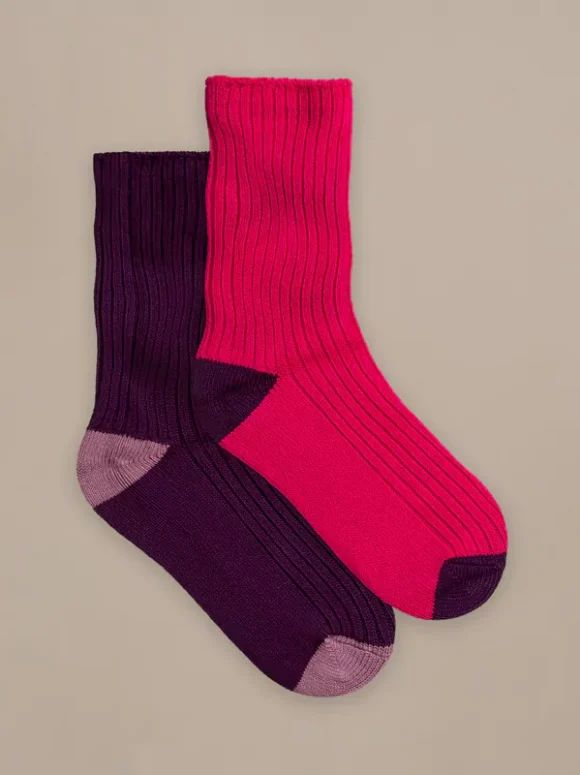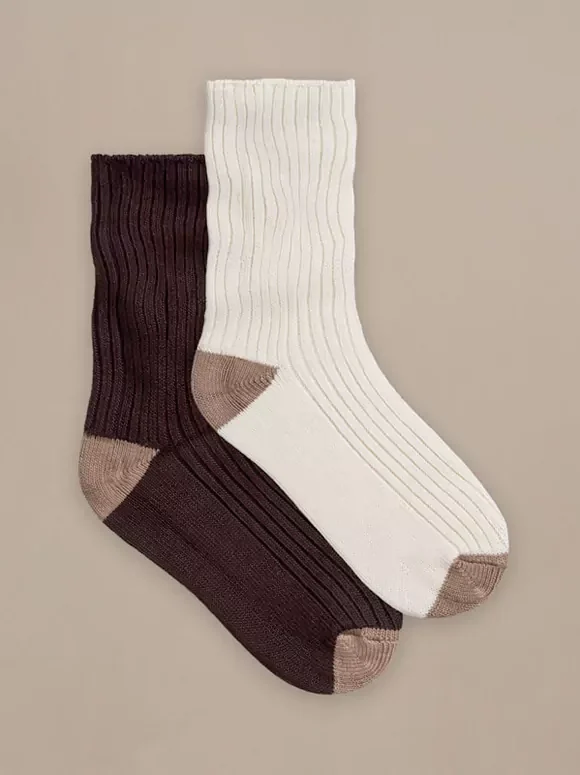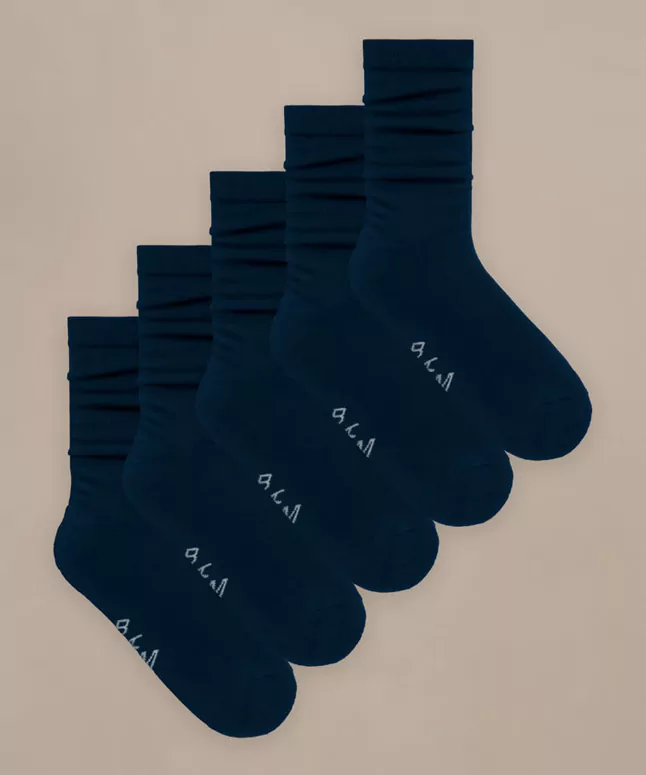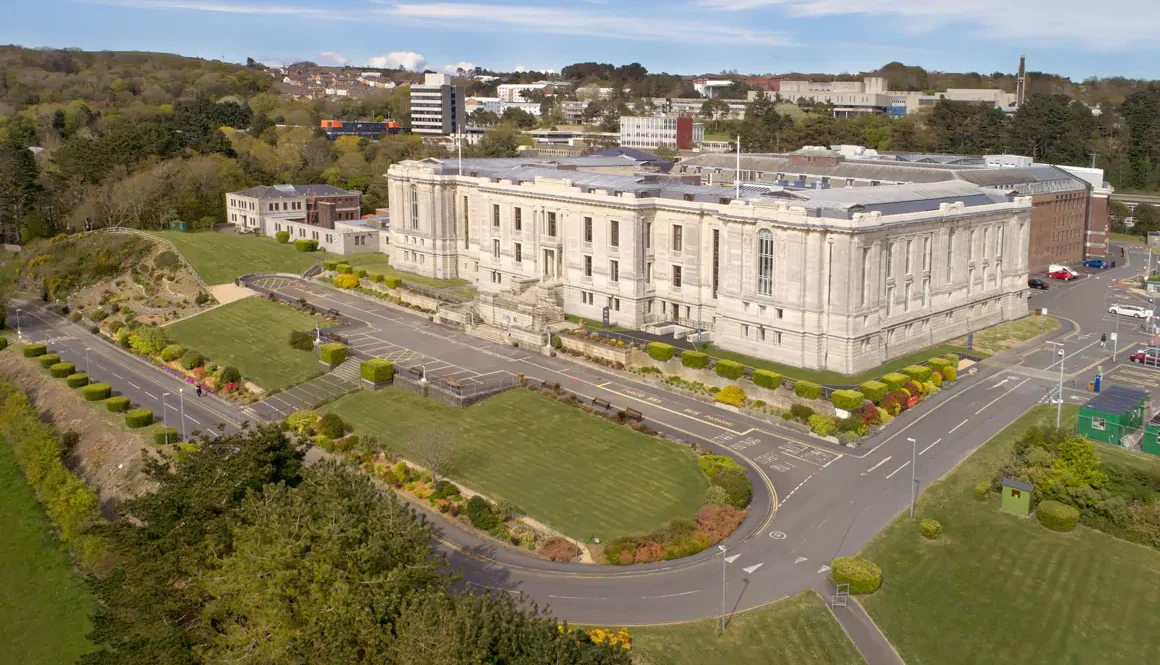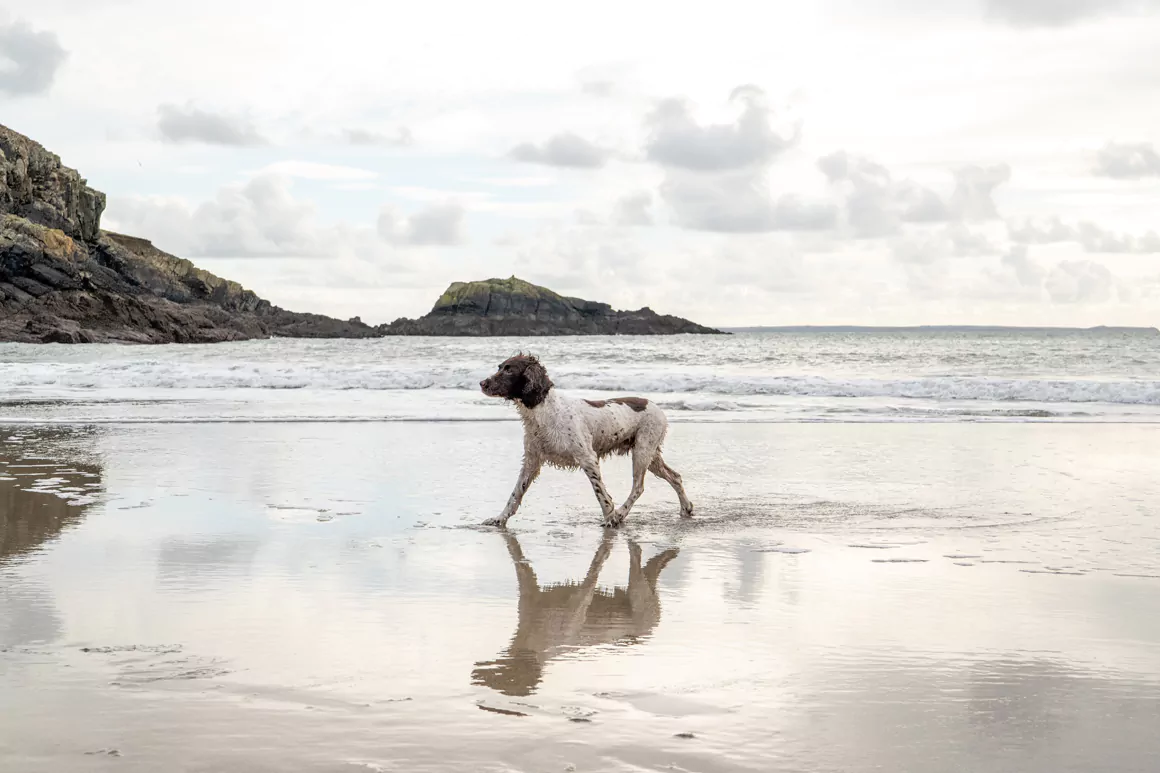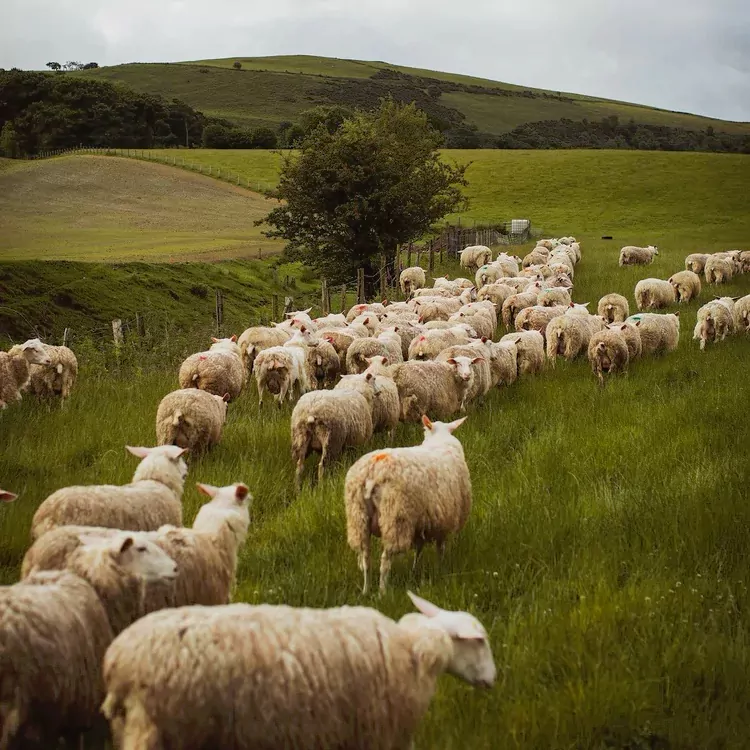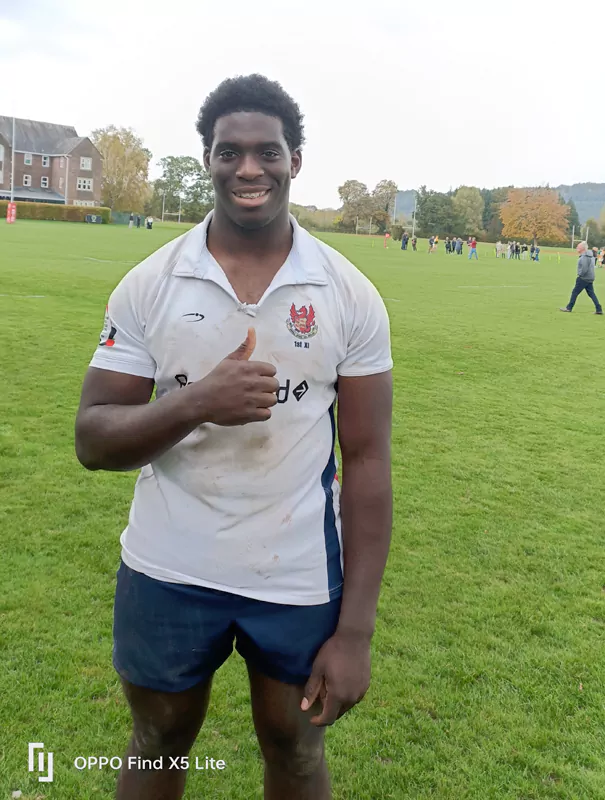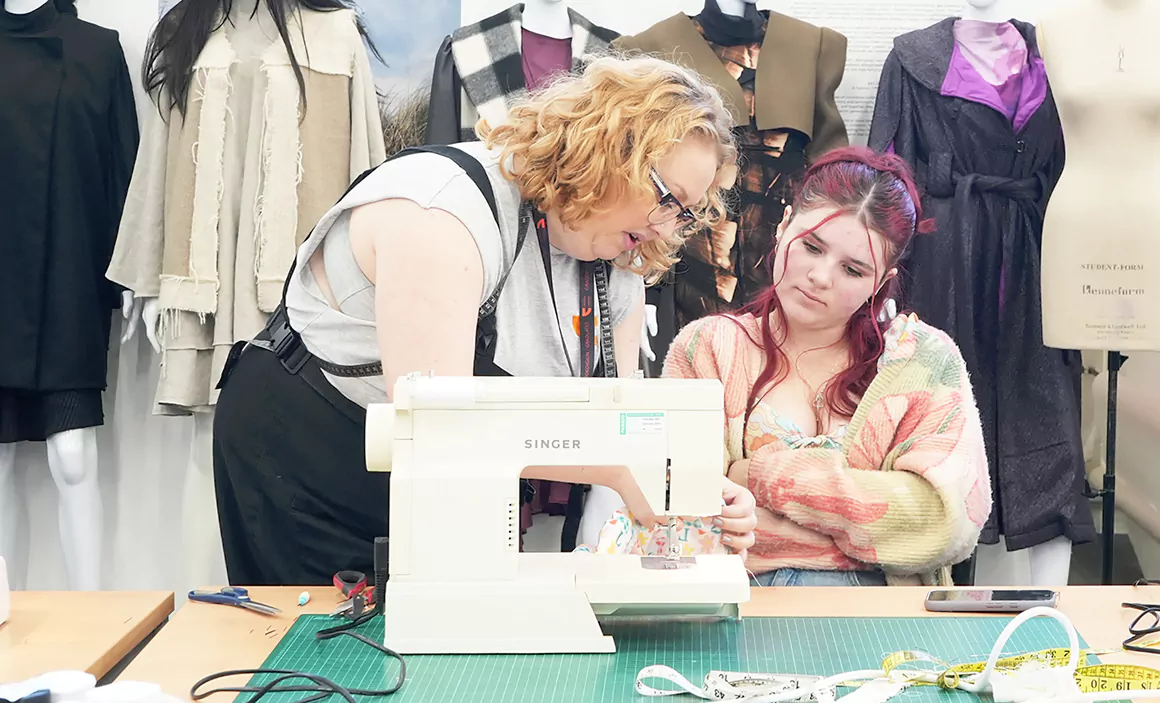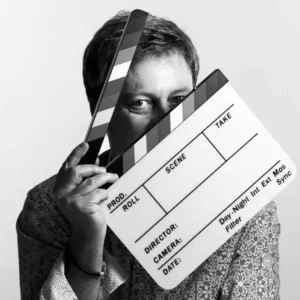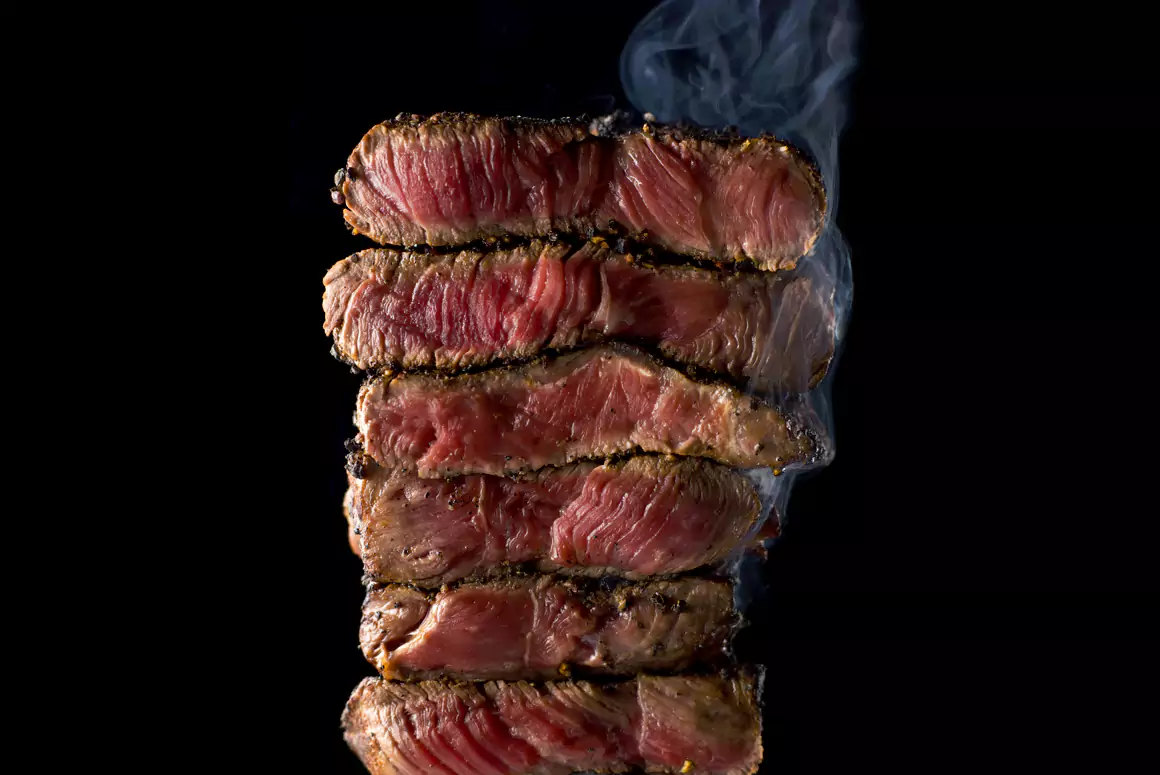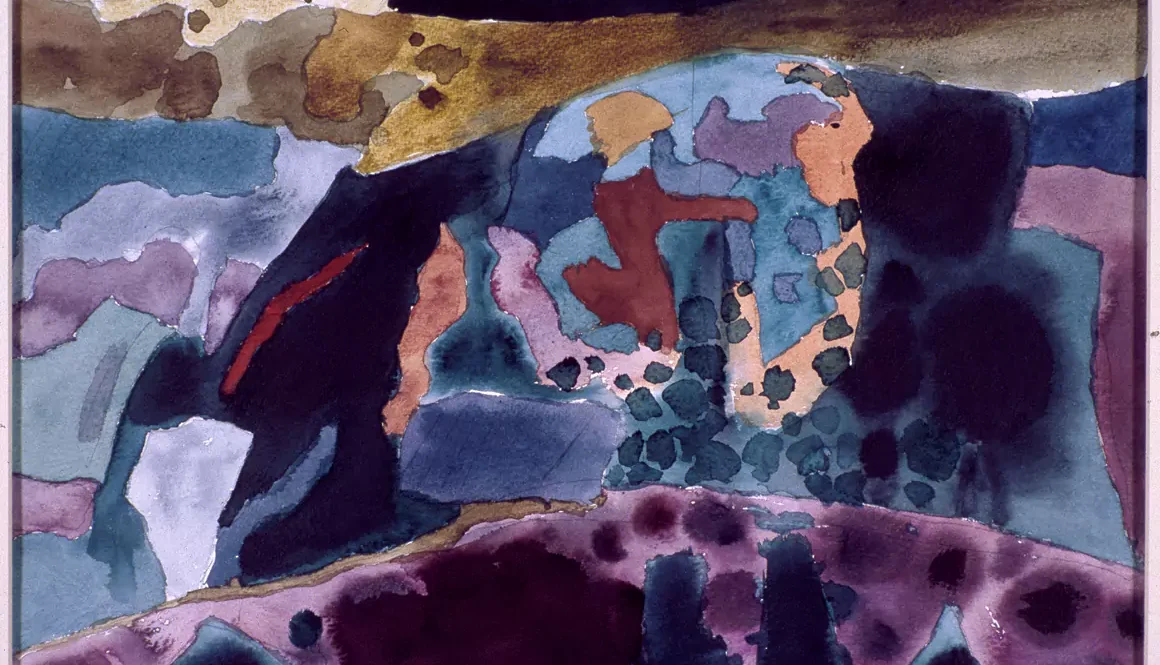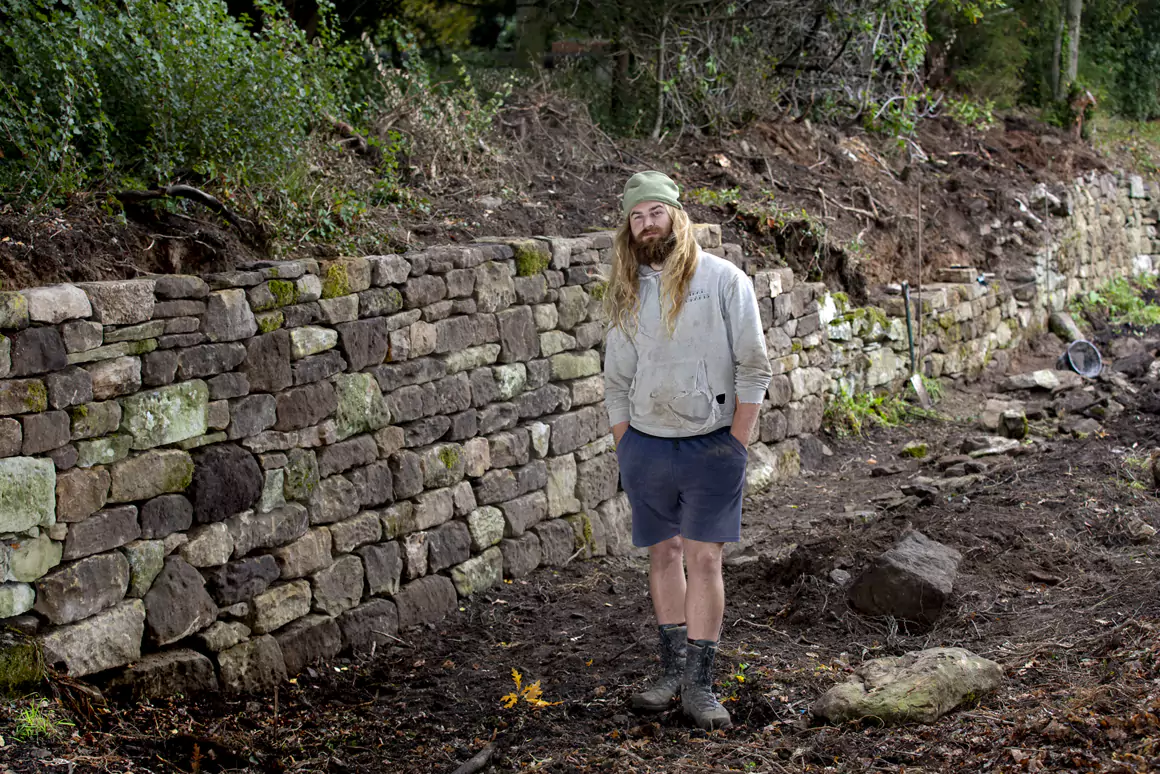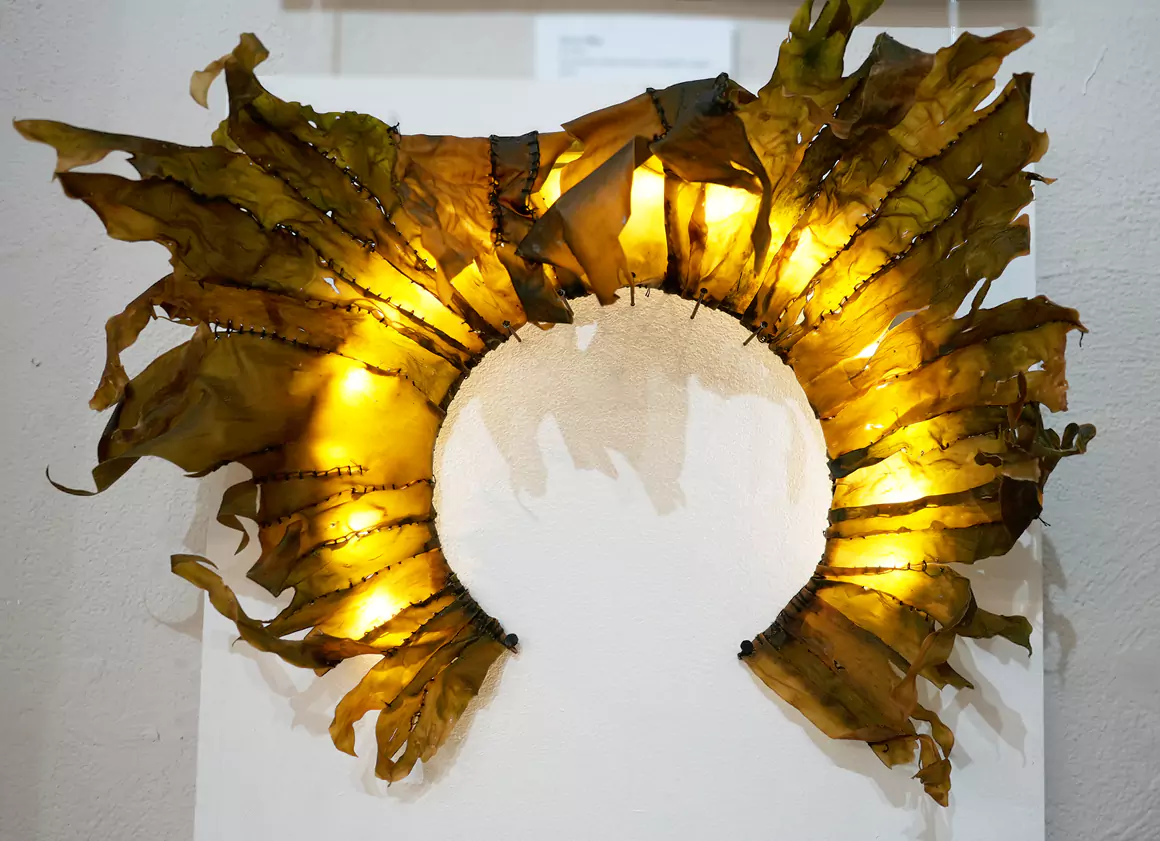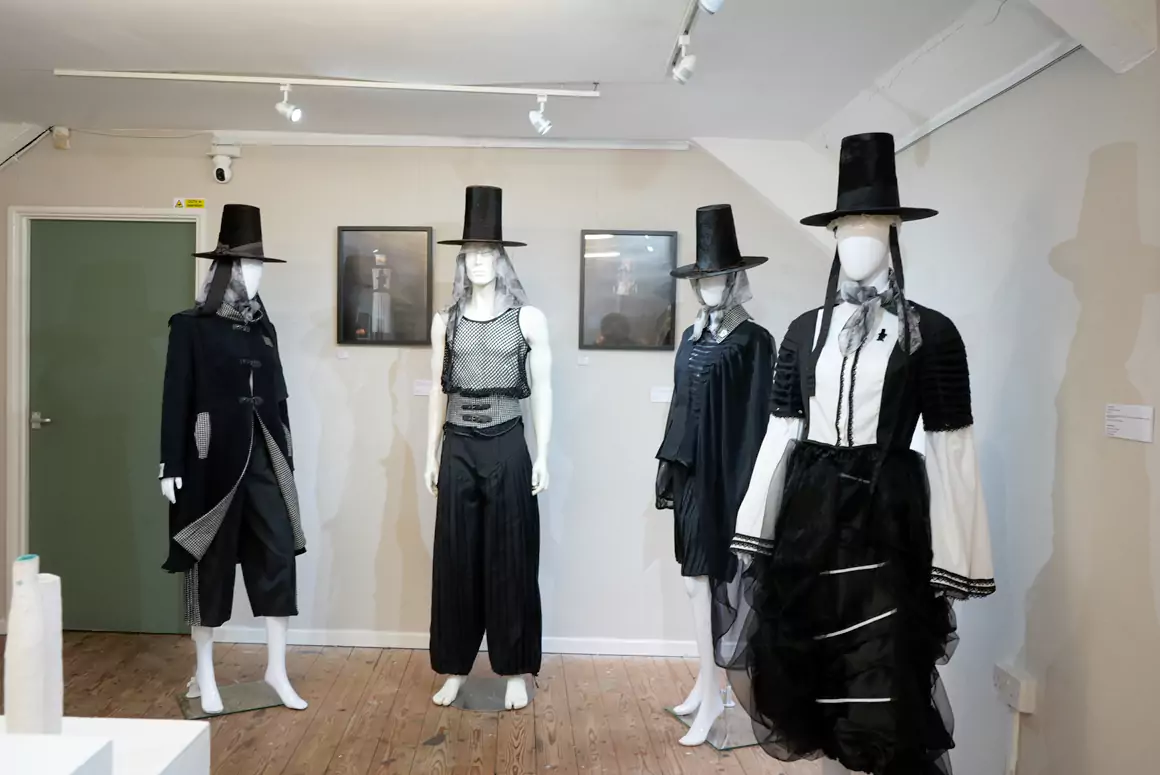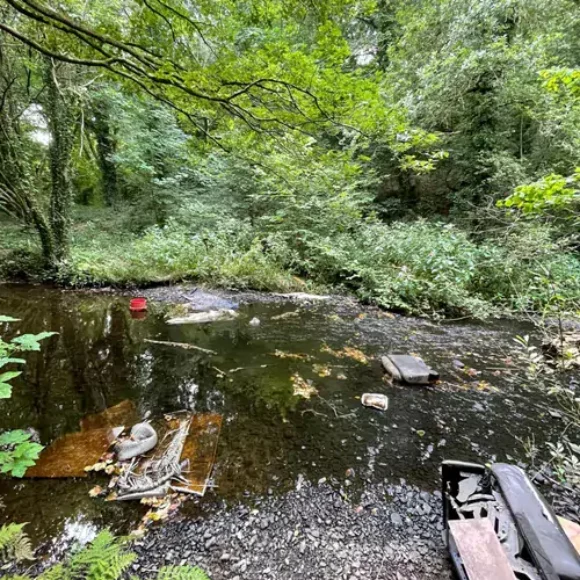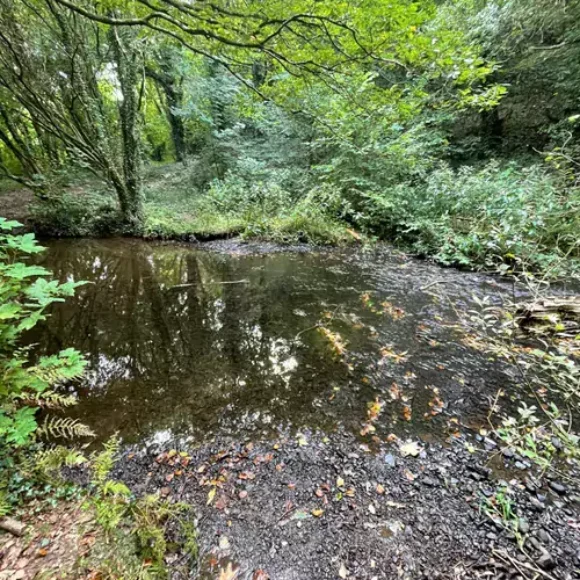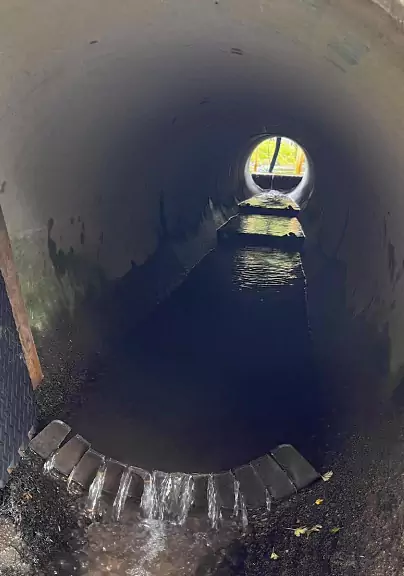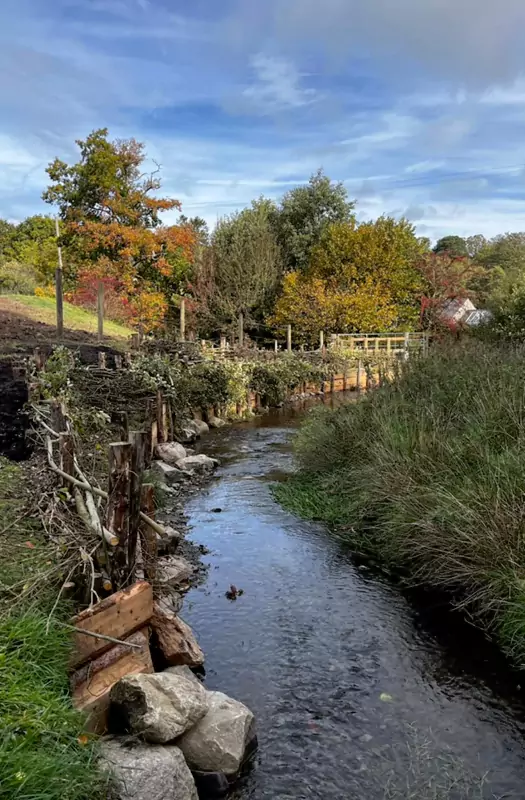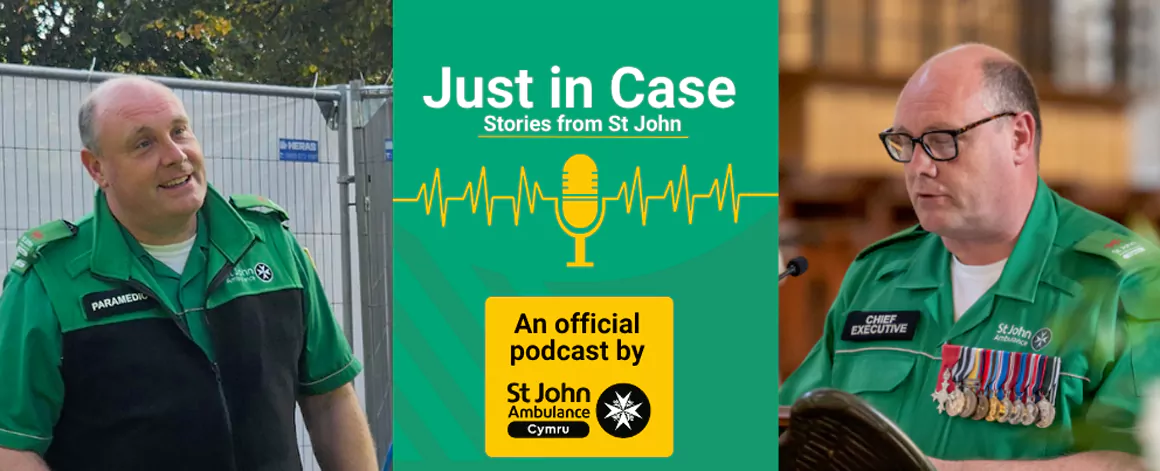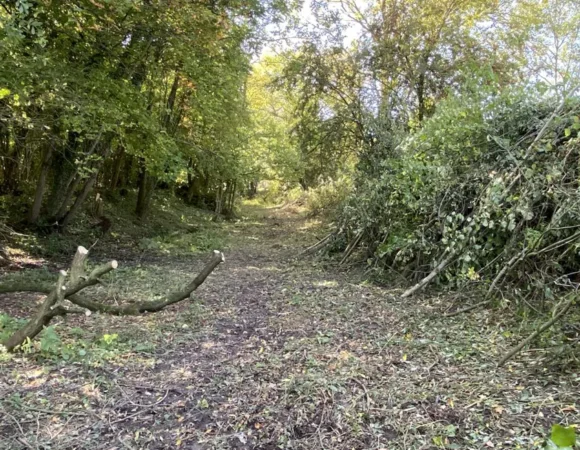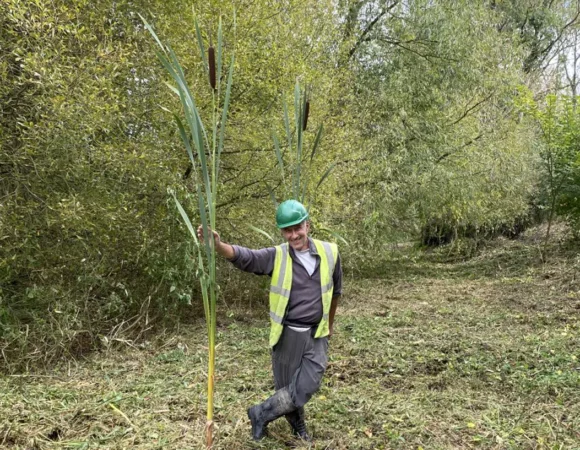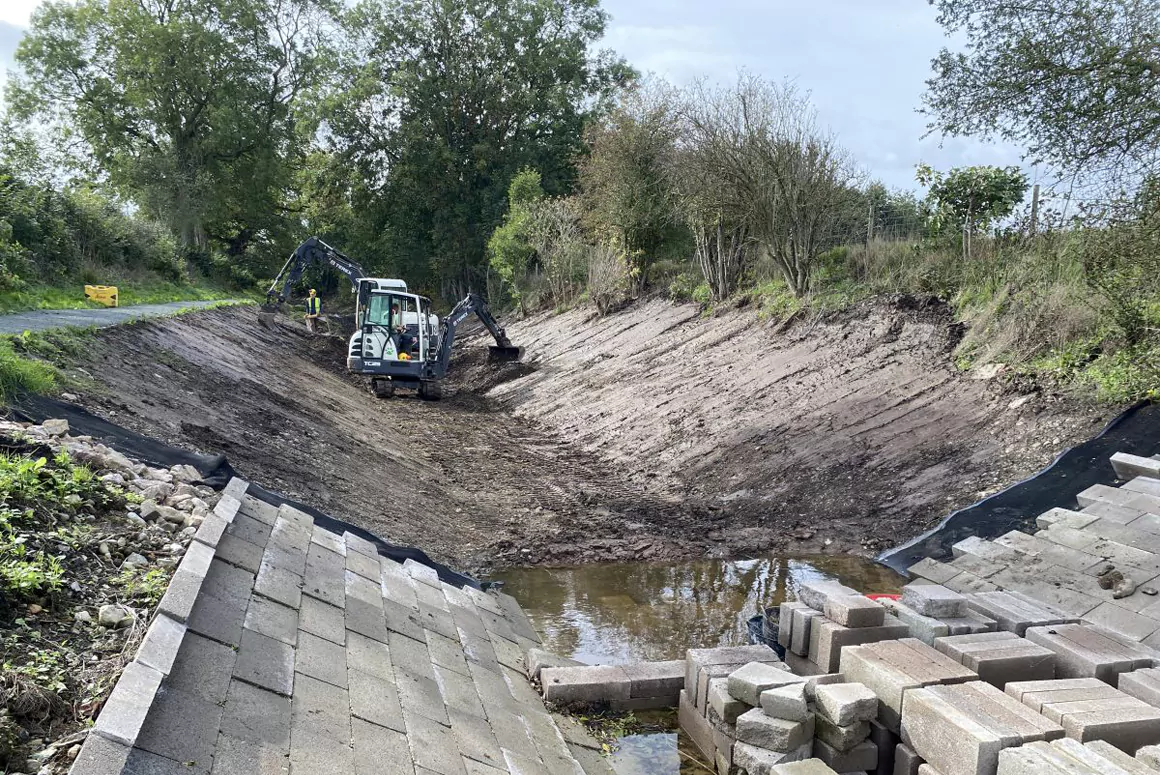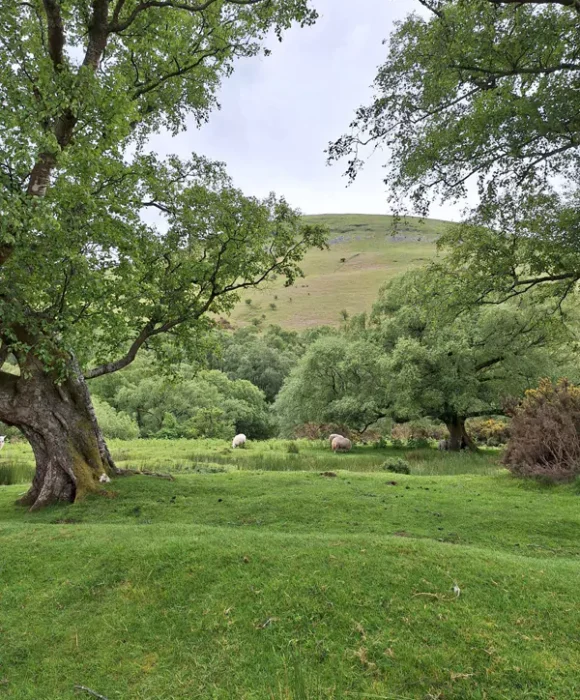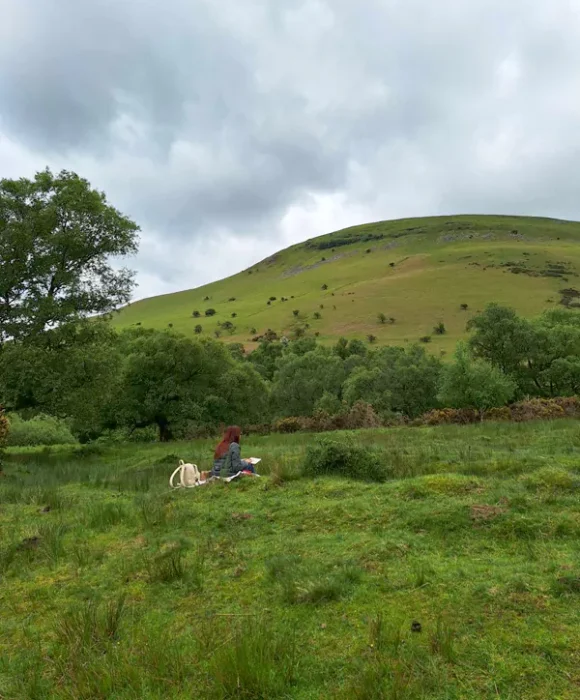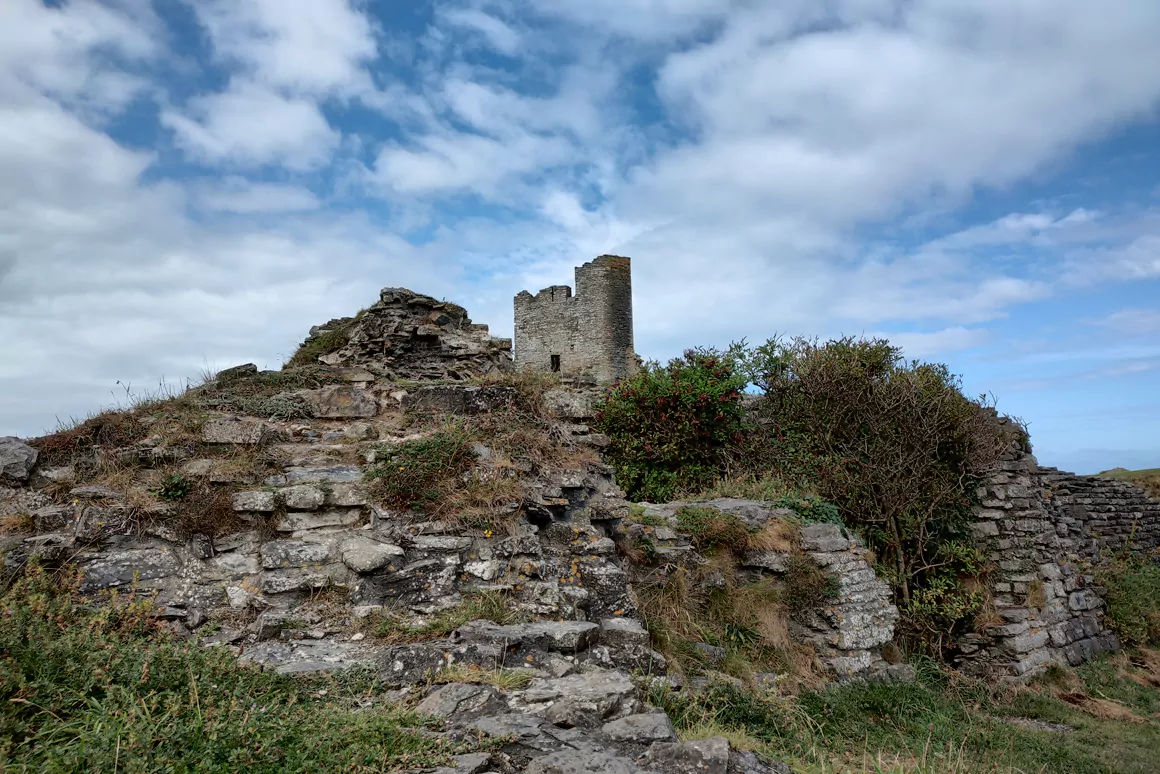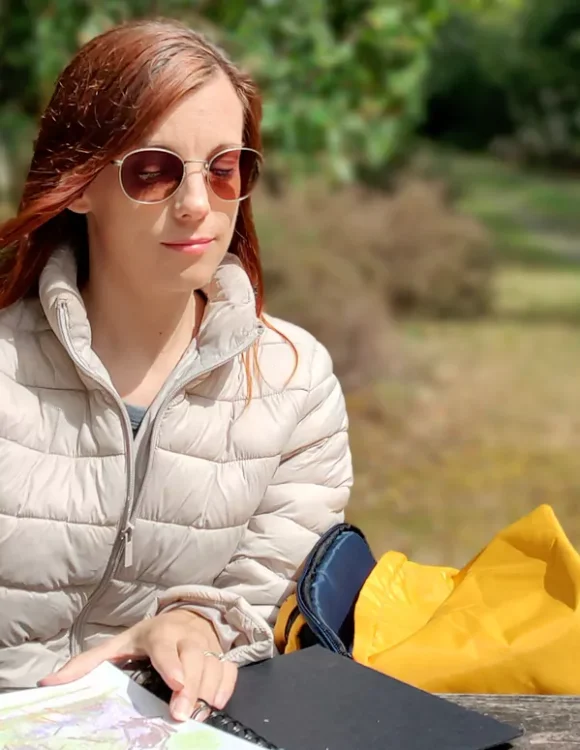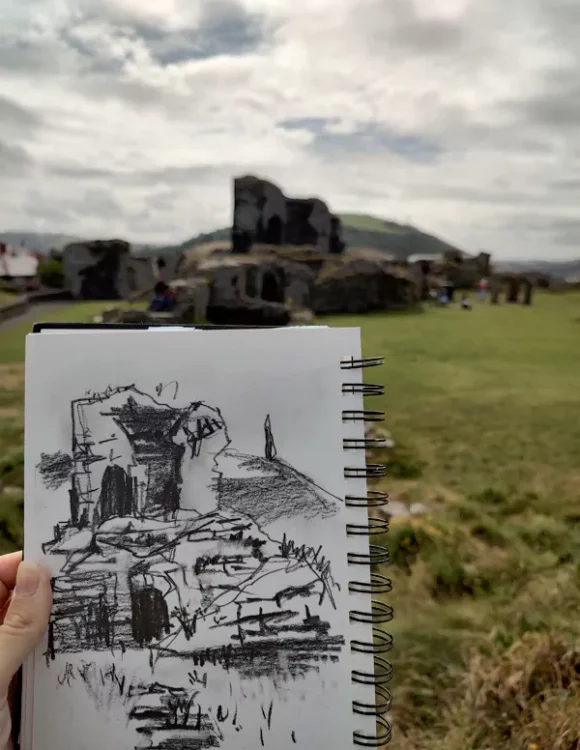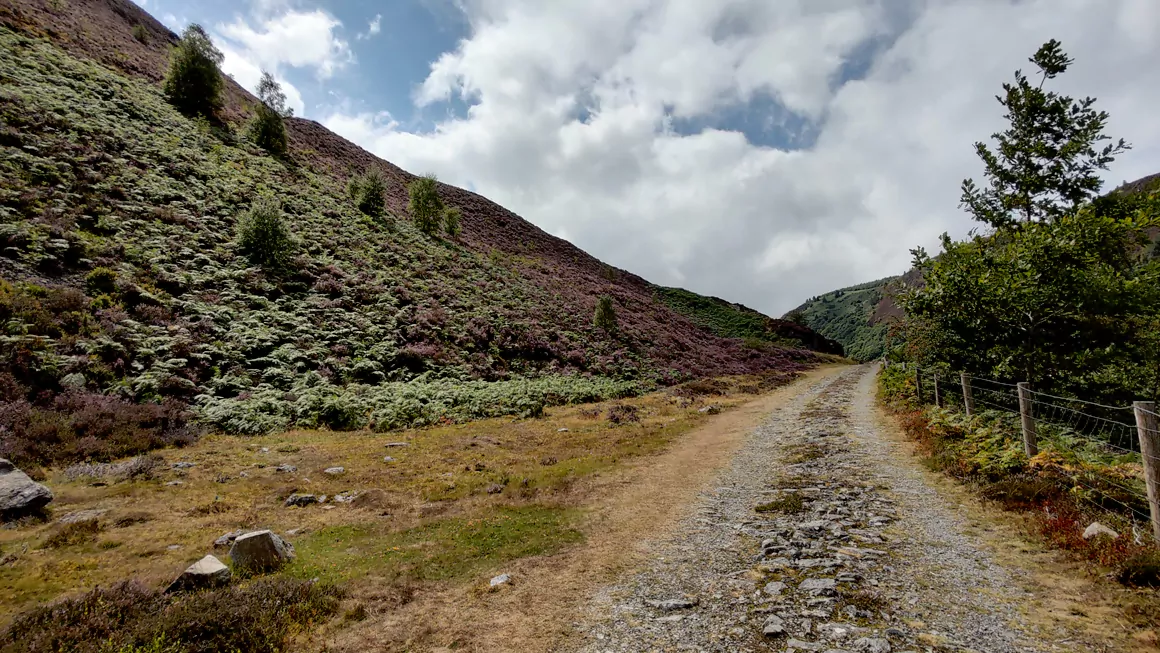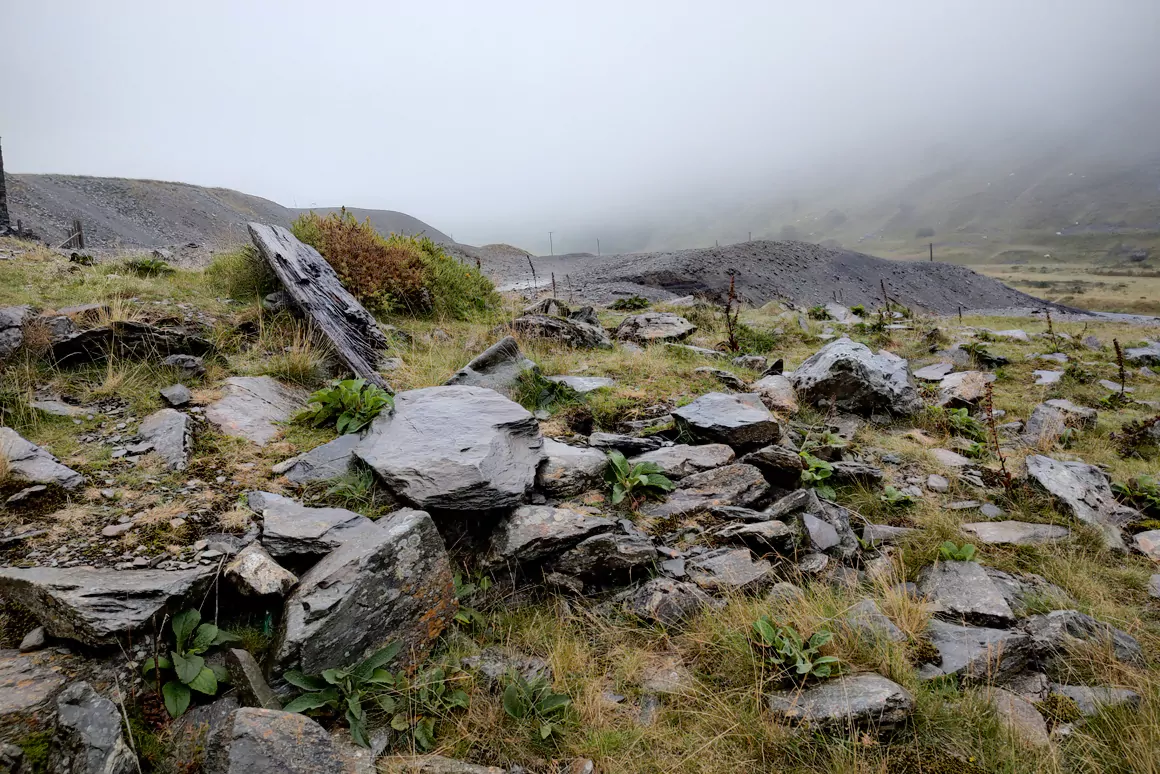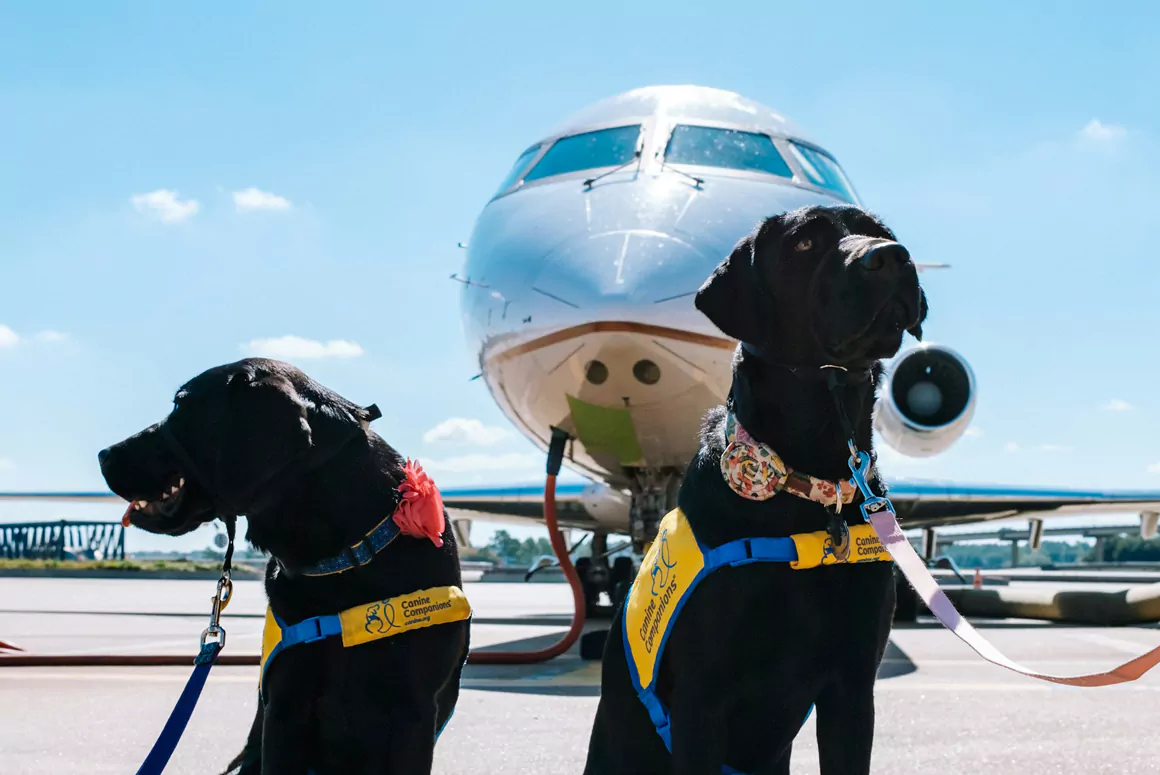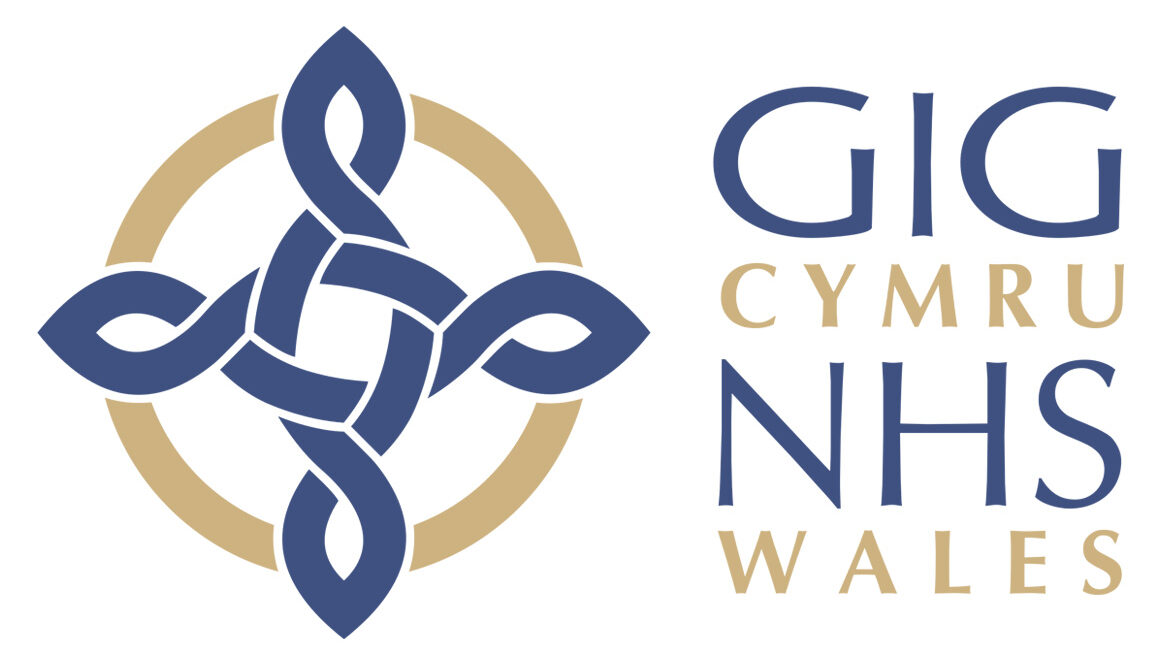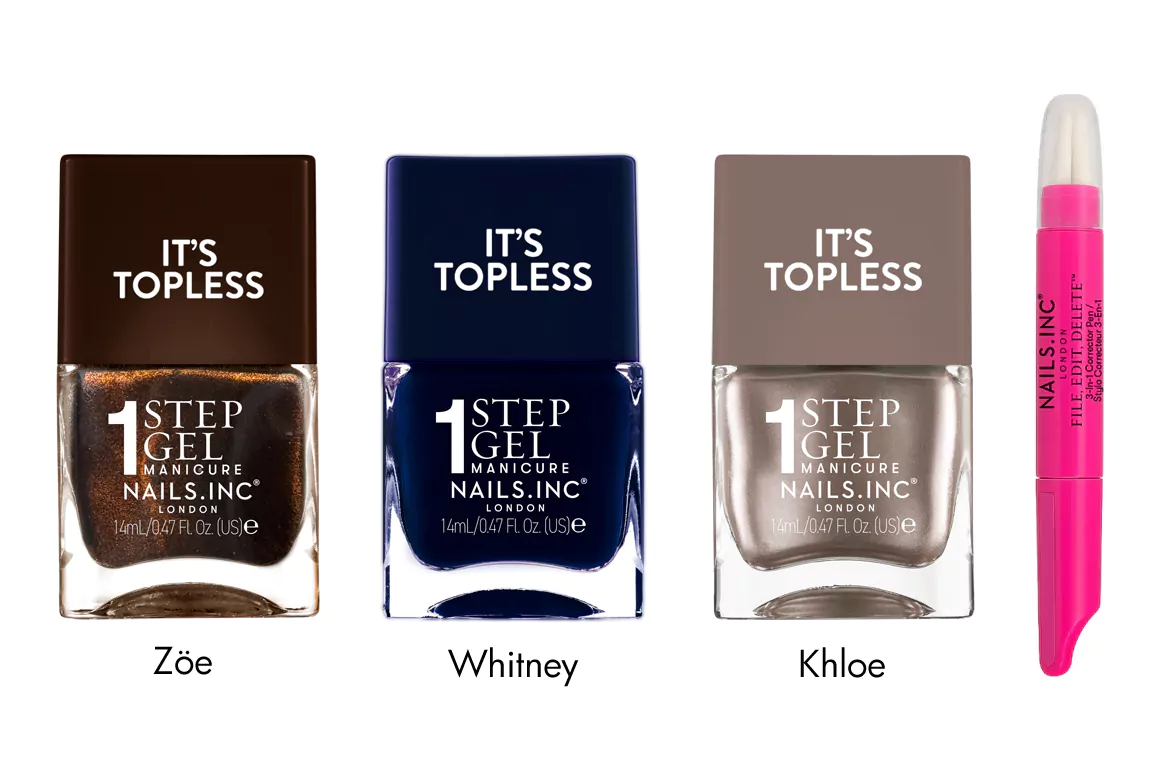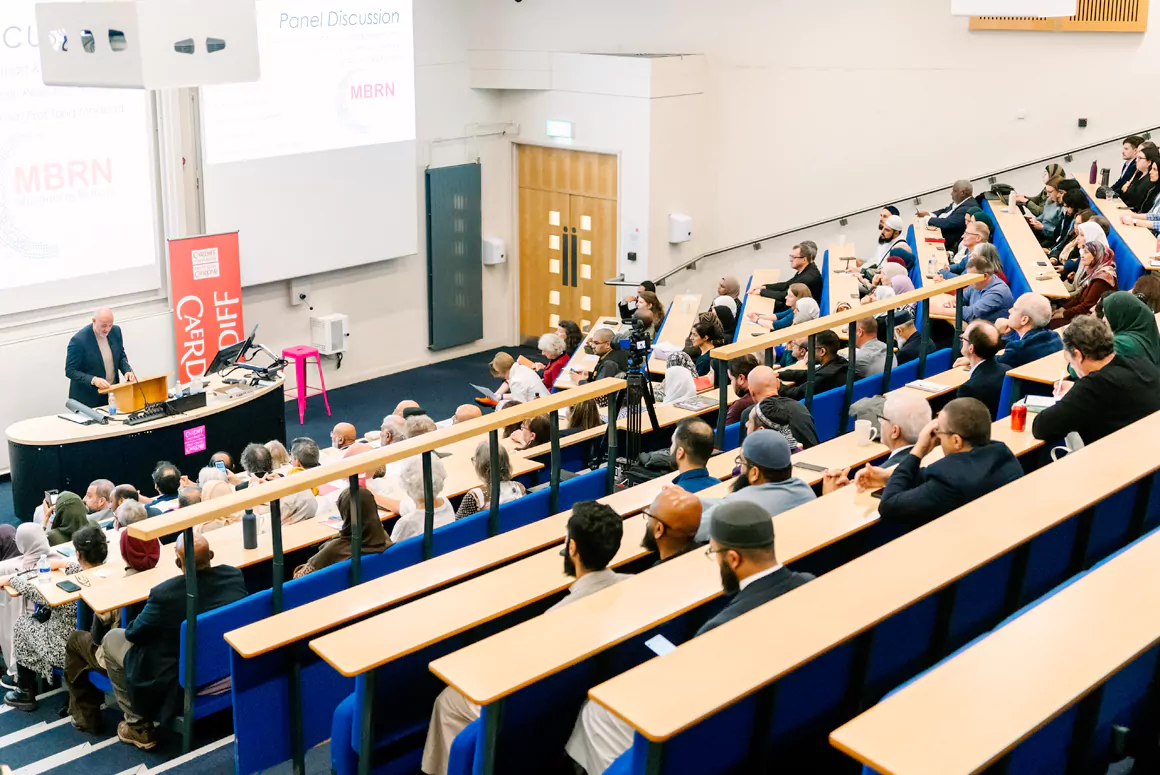Let me tell you a little about this brand before I go onto explain the product range. This is a new high-performance skincare brand where nature meets science to visibly reverse signs of ageing and restore skin vitality. At the core of every formula is BFE-01, a proprietary extract of Boswellia Frereana, a rare frankincense sourced sustainably from Somaliland. Developed through extensive scientific research and innovation, BFE-01 is a brand-exclusive breakthrough, renowned for its anti-inflammatory and healing properties, it helps prevent collagen breakdown, boost elasticity and deeply hydrate for firmer, more radiant skin. Environmental stressors, UV exposure and hormonal shifts accelerate internal inflammation, weakening skin from within. MAYDI+ is designed to interrupt this cycle, preserving collagen and reinforcing the skin barrier before damage sets in. Powered by the Sanavive Longevity System, BFE-01 works in synergy with proven actives – retinoids, peptides, ceramides, and arctic enzymes – to defend skin structure and promote long-term resilience.
Developed in the UK with leading biologists and scientists, MAYDI+ blends botanical heritage with clinical precision. The name ‘Maydi’ reflects the local term for Boswellia Frereana, while the plus symbol signifies the brand’s commitment to understanding the science behind the skin and advancing age-defying formulations.
So the debut collection features five targeted treatments, lightly scented with a grounding blend of Frankincense and Cedarwood.
- Renewal Day Cream
- Rejuvenating Night Cream
- Brightening Daily Serum
- Peptide Eye Cream
- Hydrating Treatment Mask
Renewal Day Cream (Boxed)
So let me start with the Renewal Day Cream which doesn’t just offer you hydration, it’s actually a daily structural defence for your skin. Clinically proven and powered by MAYDI+’s proprietary BFE-01 extract, a unique bioactive form of Frankincense shown to help inhibit the biochemical triggers that breaks down collagen and accelerate skin fatigue.
Enhanced with a complex of skin smoothing Peptides and Hyaluronic Acid to help visibly plump, fortify and protect hydration deep within your skin. It is lightly fragranced with a grounding blend of Frankincense and Cedarwood and preserves your skin strength and builds resilience to start your day with confidence. This daily face cream is vegan and cruelty free.
Apply daily and smooth over face and décolletage. For best results apply after MAYDI+’s Brightening Daily Serum and then follow with an application of sun protection when used during the day.
Size & Price: 50ml/ £60.00 | Visit: maydiplus.com
Rejuvenating Night Cream (Boxed)
An effective night cream is so important and with this one you’ll find it is where skin restoration meets performance. It is a deeply nourishing overnight treatment cream that features BFE-01, MAYDI+’s proprietary Frankincense extract scientifically shown to help interrupt collagen breakdown and preserve the skin’s structural integrity whilst you sleep. It is enhanced with gentle yet effective Retinoids, moisture-locking Ceramides and Arctic Microalgae enzymes that help activate cellular recovery; it works with your skin’s natural circadian rhythm to restore strength, suppleness and clarity. Fragranced with a calming blend of Frankincense and Cedarwood, this is your overnight ritual of repair, undoing the day’s damage to recharge your skin
function while you rest. This lovely night cream is vegan and cruelty free.
Apply each night and smooth over face and décolletage. For best results apply after MAYDI+’s Brightening Daily Serum.
Size & Price: 50ml/£65.00 | Visit: maydiplus.com
Brightening Daily Serum (Boxed)
This is a high-performance serum that works beneath the surface of your skin to help counteract hyperpigmentation, restoring radiance where your skin may have dulled, become fatigued or lost clarity with time.
MAYDI+’s proprietary active BFE-01, is clinically shown to help preserve collagen and protect skin from inflammatory triggers that accelerate pigmentation, laxity and dullness. Serums are designed to deliver potency where it matters most as with a smaller molecular structure than moisturisers, serums absorb faster and deeper, carrying our highest concentration of BFE-01 directly where collagen degradation begins.
Ideally it is best to think of this as your first line of defence: targeted, intelligent, intensive. Supercharged with Vitamin C, Niacinamide and Marine Bioferments, this specialist helps reduce the appearance of uneven tone, boost antioxidant defences and restore your skin’s inner vitality. It is lightweight, absorbs quickly and is clinically aligned so this is radiance you can rely on.
Apply morning and evening before using MAYDI+’s Renewal Day Cream or Rejuvenating Night Cream. Follow with sun protection when used during the day.
Size & Price: 30ml/£50.00 | Visit: maydiplus.com
Hydrating Treatment Mask (Boxed)
This treatment mask has been designed to help you calm stressed skin and restore barrier integrity. This intensive mask delivers deep hydration and replenishes what stress depletes. Infused with BFE-01, our exclusive collagen-supporting extract, plus multi-molecular Hyaluronic Acid, Niacinamide, Arctic Microalgae Enzymes plus a soothing Oat derivative to hydrate, comfort and visibly reduce redness. It is creamy, decadent and cocooning and this rescue mask is rich in skin-identical ingredients to help reinforce barrier function whilst protecting structural integrity to help leave your skin supple, soothed and looking visibly more even.
Use weekly, overnight or anytime your skin feels unsettled and out of balance.
Apply to cleansed skin. For best results leave this hydrating face mask on overnight. It may be used as a daily night time moisturiser alternative to MAYDI+’s Rejuvenating Night Cream which contains retinol. Ideal as a treatment to give your skin a hydration boost or use on long flights to maintain your skin’s hydration.
Size & Price: 50ml/£50.00 | Visit: maydiplus.com
Peptide Eye Cream (Boxed)
This eye cream has been targeted to offer intelligent care for the most fragile, hard-working skin where signs of fatigue show first. So many of us suffer with puffy eyes and dark circles to an eye cream that cares for this sensitive area is so important. You’ll find this intensive daily eye cream helps strengthen, hydrate and smooth the skin around your eyes, refining the appearance of fine lines, whilst supporting long-term resilience. Formulated with BFE-01, MAYDI+’s exclusive collagen-supporting extract, alongside multi-weight Hyaluronic Acid, Ceramides, Arctic Microalgae Enzymes and Argireline Amplified Peptide to visibly reduce dynamic lines and protect delicate skin under pressure. It is light, soothing and fast-absorbing to cushion your under-eye area with lasting hydration, helping to de-puff, brighten and reinforce the skin’s structure where it needs it most.
Gently apply a thin layer to your under eye and outer contours of your eyes. Apply each morning and evening using your ring finger. Please ensure you remove your eye make-up before use.
Size & Price: 15ml/£45.00 | Visit: maydiplus.com
Taken from their website:
OUR SCIENTIFIC APPROACH
- Researching the life journey of skin and the characteristics of ageing skin
- Developing expert formulations targeted at mid-life skin, powered by the active ingredients in frankincense and enhanced with world leading ingredients
- Proving that MAYDI+™ works with independent clinical testing and user trials
MAYDI+™ Skincare is vegan, cruelty-free and packaged sustainably. The frankincense extract is harvested to Fair Wild standards by local farmers in Somaliland, reinforcing
the brand’s ethical and environmental values. All products undergo independent clinical and user trials to ensure proven efficacy.













